I actually found some time to go on vacation. But only for 5 days, de facto 3 days, because 2 days arrival and departure included. And this is considered a long vacation by Japanese standards. This time I went to Okinawa, the former Ryūkyū Kingdom. Okinawa Hontō is the main island of the prefecture of the same name, which is also called the japanese Hawaii, and Naha is the capital. I went there at the end of August, but I still felt like I would die there every day, because of the heat and humidity. Fortunately it was relatively cloudy, so that I was often spared at least from the burning sun. Without strong sun protection I would have become a roast chicken even in appearance.
I had booked my stay through a Japanese travel agency, the choice of holiday trips with more than 5 days was rather small. With luck 6 or 7 days left. I flew via Shizuoka Airport, the smallest airport I have ever seen. Also with a delay of 3 hours, because the plane was broken and a new plane had to be flown in. Actually I had booked a cheap trip, but somehow my randomly chosen hotel ended up being a 4-star hotel;) It was nice to even be a premium guest. But I don’t know how this happened^^ Apart from the location in an industrial area and the really bad WLAN, it was perfect, even the beach right in front of the door. As this hotel was located in the south and due to the short stay, I could only have a look at the south of Okinawa. Central and North Okinawa Hontō, let alone other islands were unfortunately not possible for me and I would like to come again. Besides, my third day was just relaxing and being lazy at the beach or the pool. The beach section was a commercial area with a designated swimming area, which unfortunately had been completely cleaned for safety reasons. The list of poisonous sea animals and how first aid should be done after contact was very long. But I also did a boat trip with a glass boat to see the marine life. I didn’t take many pictures of this myself, but the sea was breathtaking.
On the first day I mainly visited Shurijo Castle. Also a famous shopping street, but in the end it was only Omiyage (presents, souvenirs) shops after shops. Sometimes the same, sometimes the same content. So I didn’t take any photos of it either. Back to the castle. A short introduction into the history of the Ryūkyū kingdom. It’s important to know that many Chinese came and lived on the island and many inhabitants are descended from them. In addition, China’s empires supported development. Originally there were three principalities on the main island, with the central one eventually unifying the kingdom and being recognized by China as the ruler. It was also tributary to China. After the unification the sea trade was intensified again, especially between Japan and China, and the kingdom flourished for about 2 centuries. However, the kingdom was conquered in 1609 A.D. by the Satsuma clan in southern Japan with the permission of the Shogunate. Thus the empire was not only tributary to the Chinese Ming Dynasty and later to the Qing Dynasty, but also to Japan. Some areas went to the Satsuma. Japan granted an apparent autonomy to the kingdom to avoid a reason for China to invade and to protect trade interests. A ” Japanisation ” was at times even totally forbidden. In 1872, Ryūkyū was converted into a province, but for diplomatic reasons still retained its feigned autonomy by being turned into a Han (feudal fief), while all Han in Japan were abolished and converted into prefectures with central administration. In 1879, Ryūkyū finally became a prefecture of Japan and the last king, although appointed as a margrave, was forced to move to Tokyo, so that the main branch of the royal family now lives in Honshū (Japan’s largest main island). The rest fled to China. Due to the many relations with China, the whole architecture is also influenced. The castle was completely destroyed in the Battle of Okinawa in World War II and rebuilt as detailed as possible (although about 2 meters higher to preserve the old foundations).

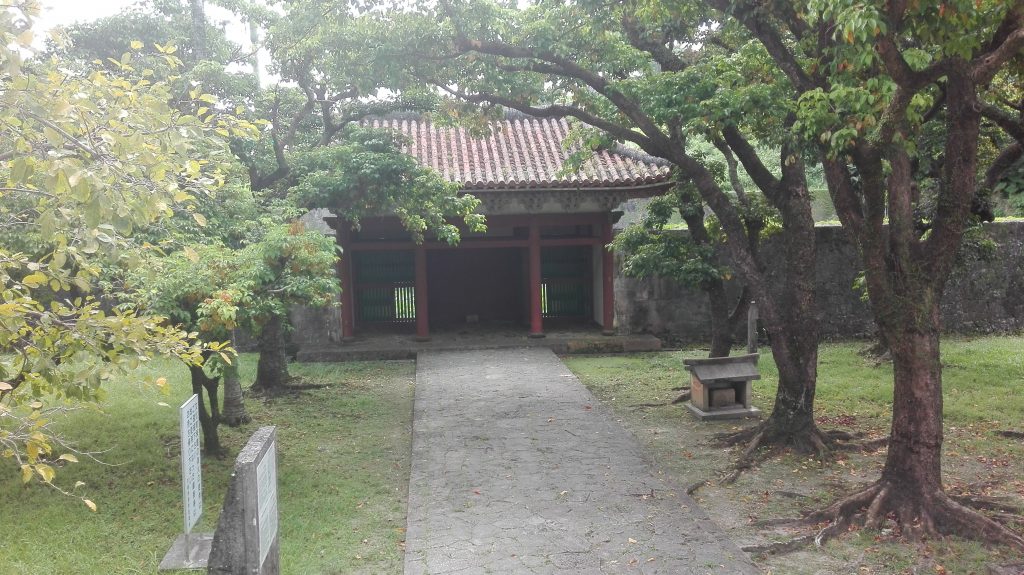


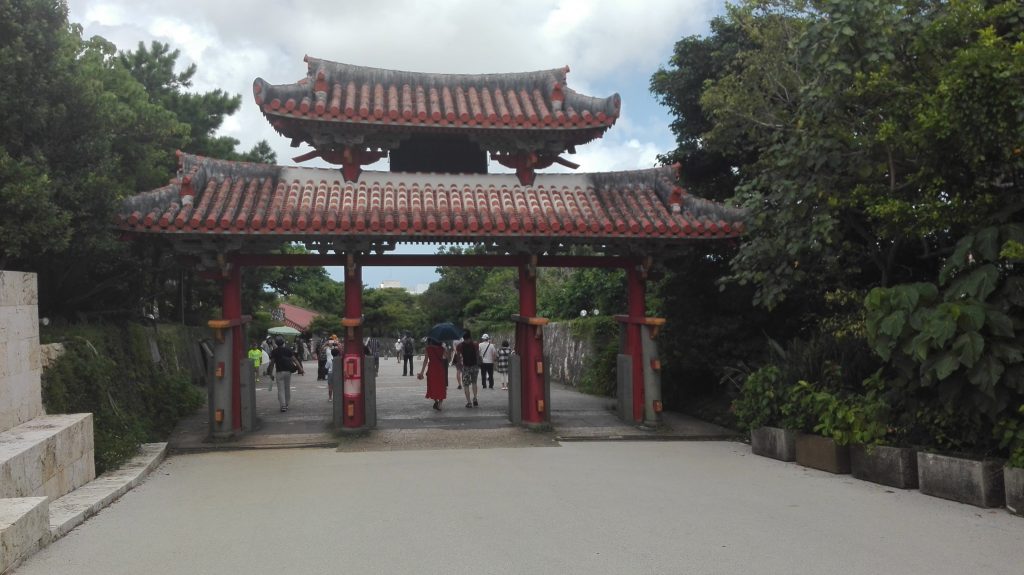
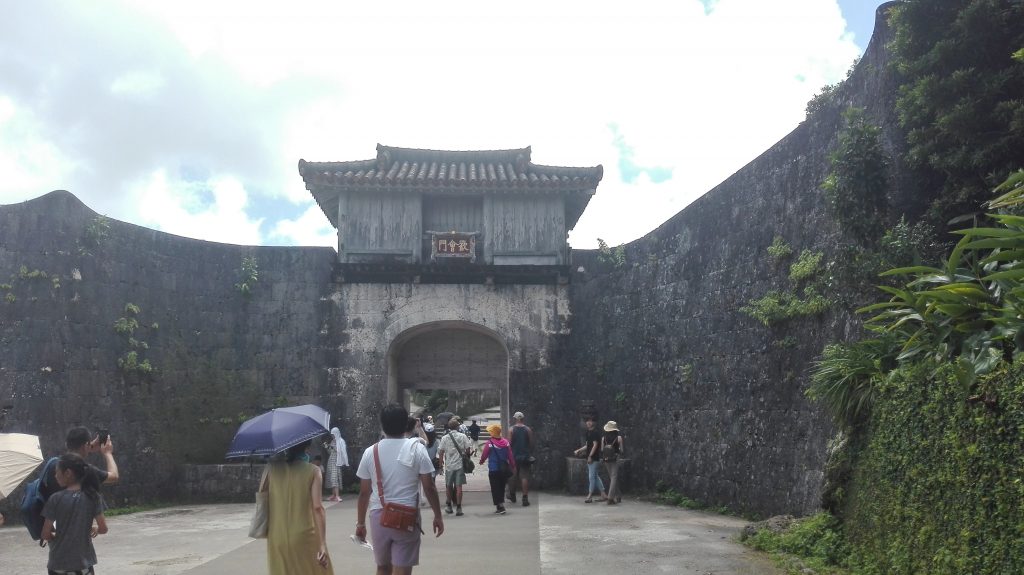

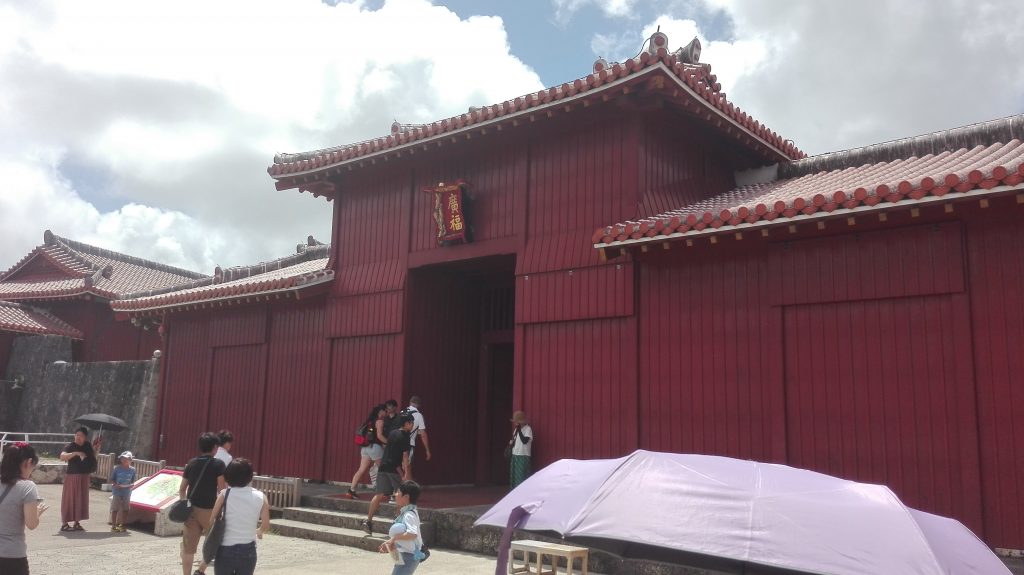

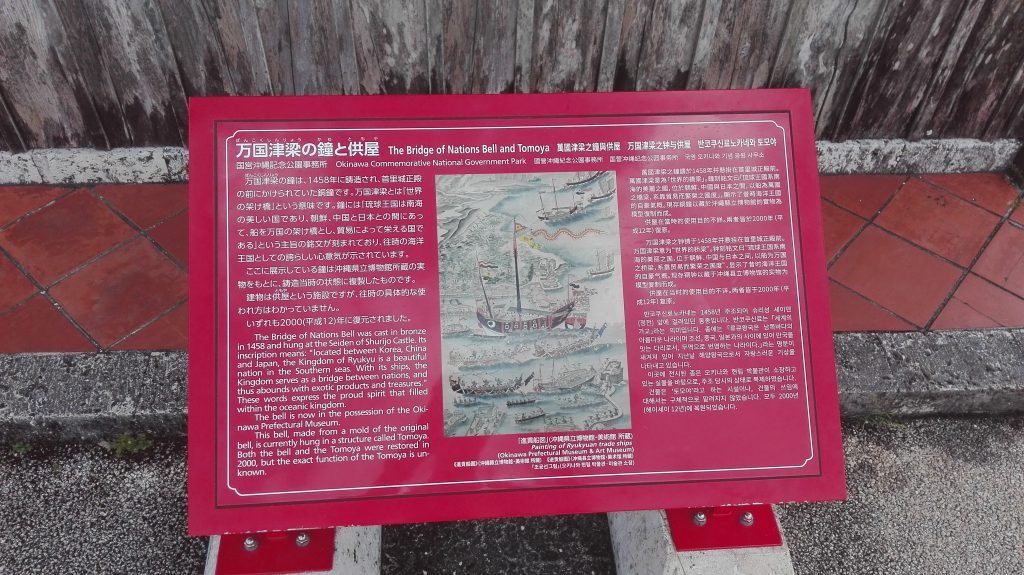

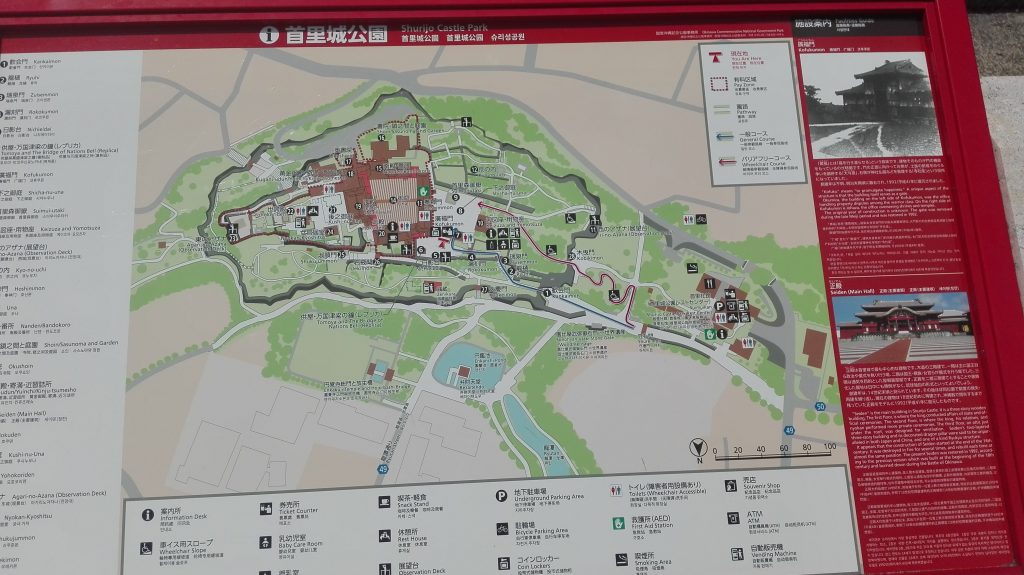

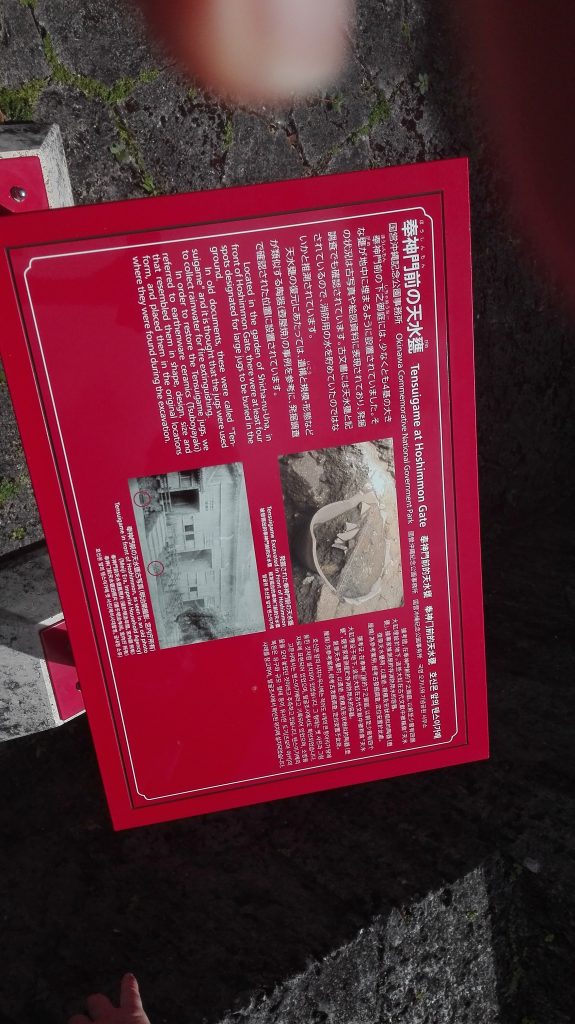
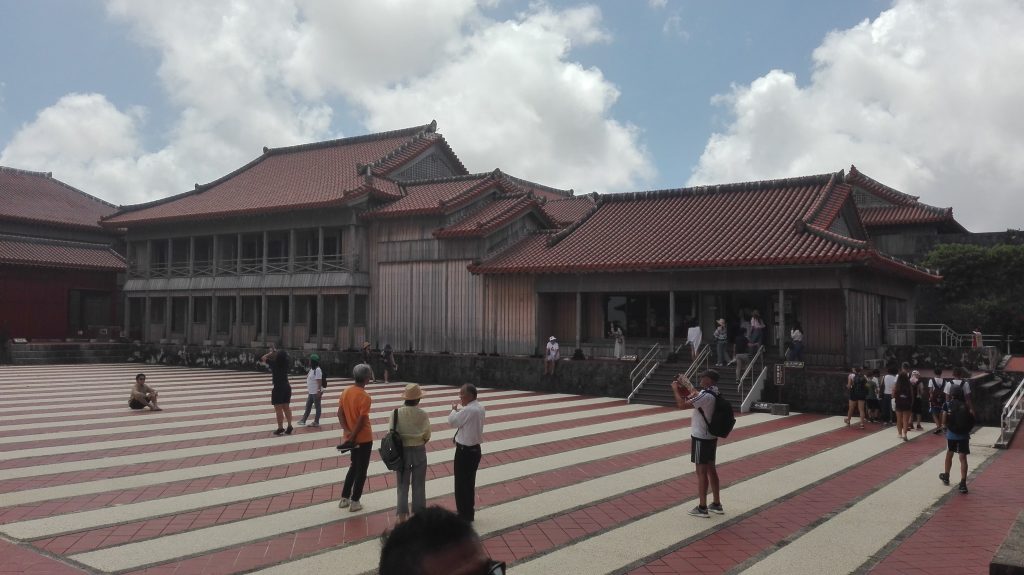
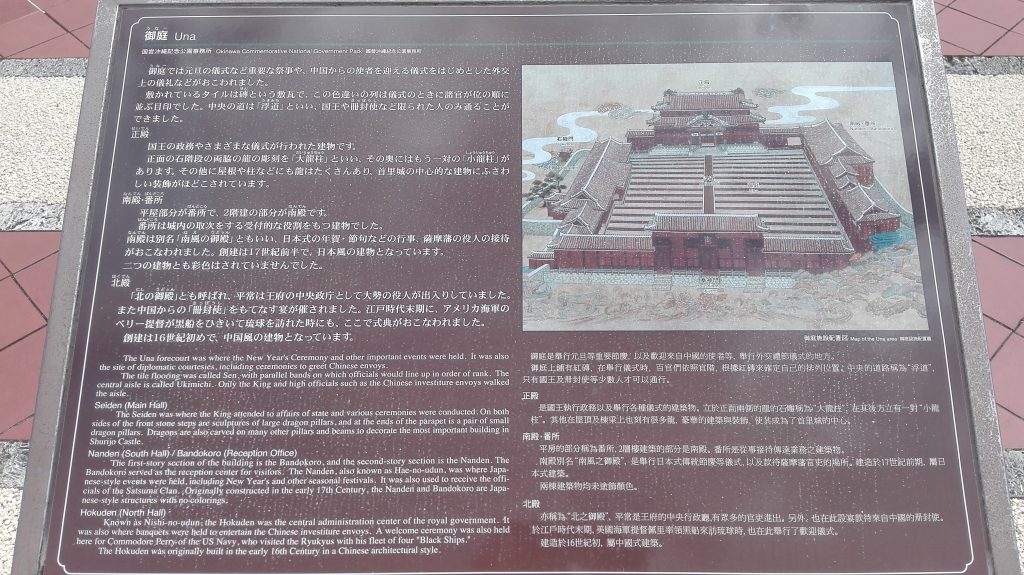




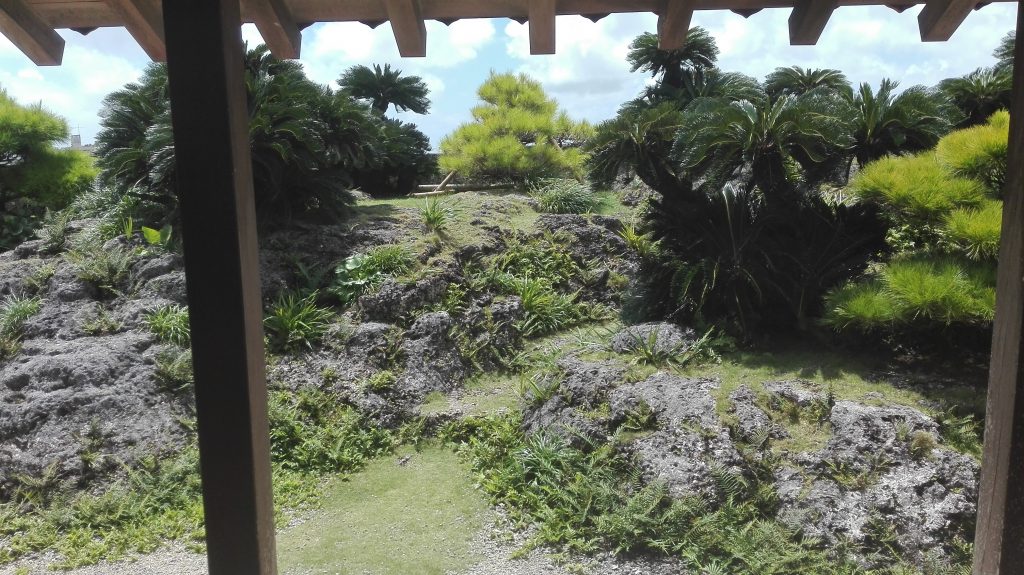
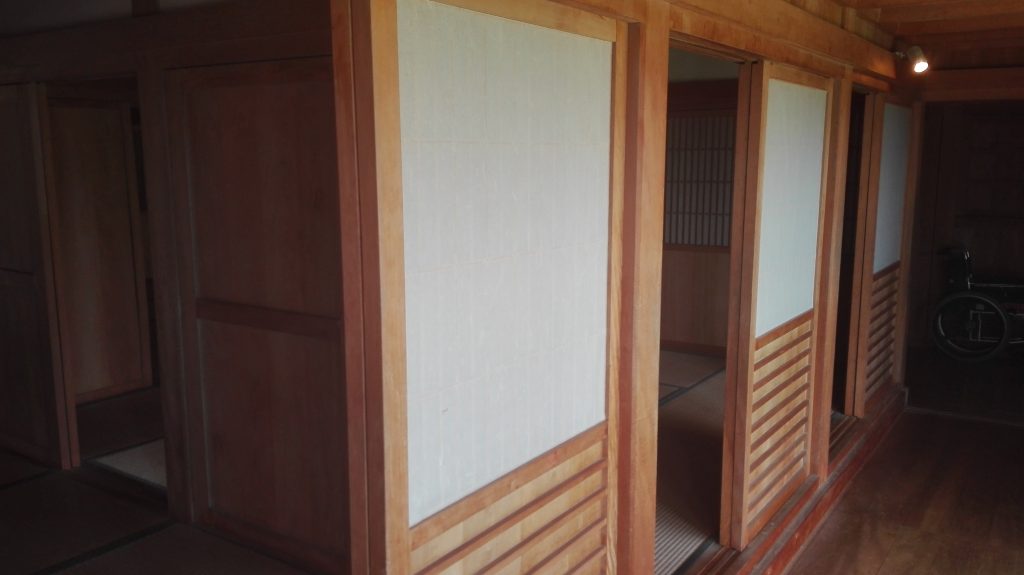




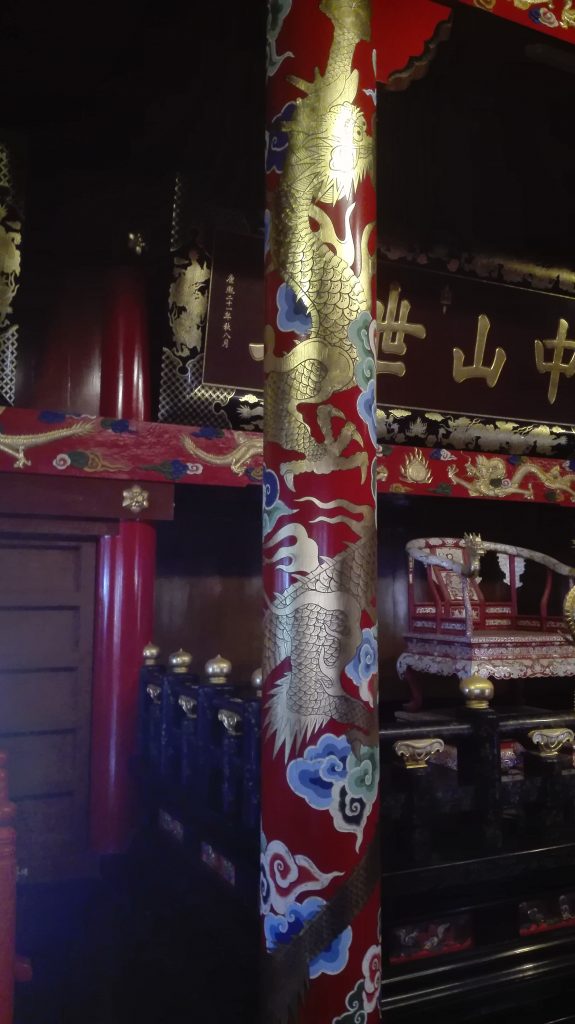
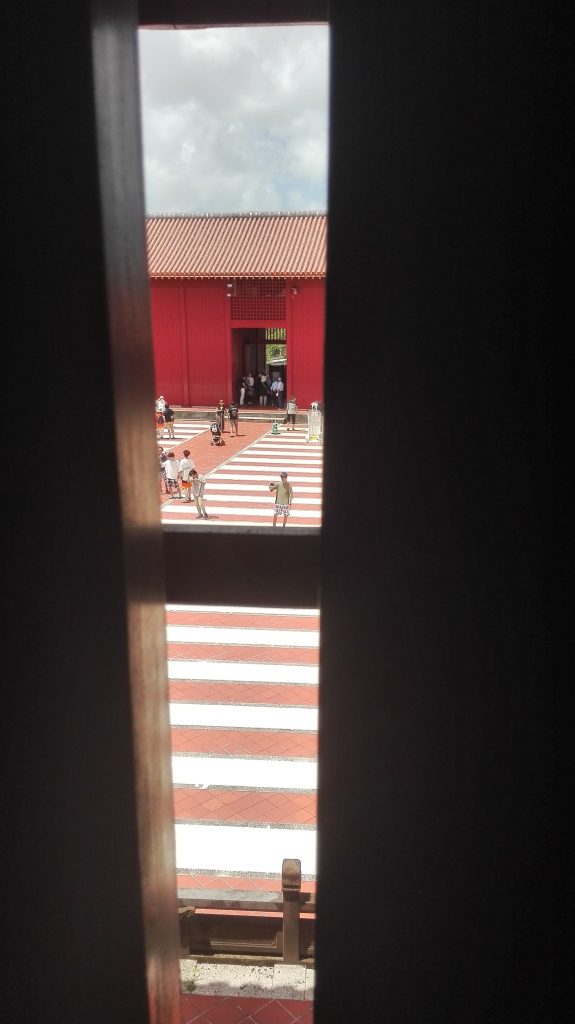
Hisilicon Balong 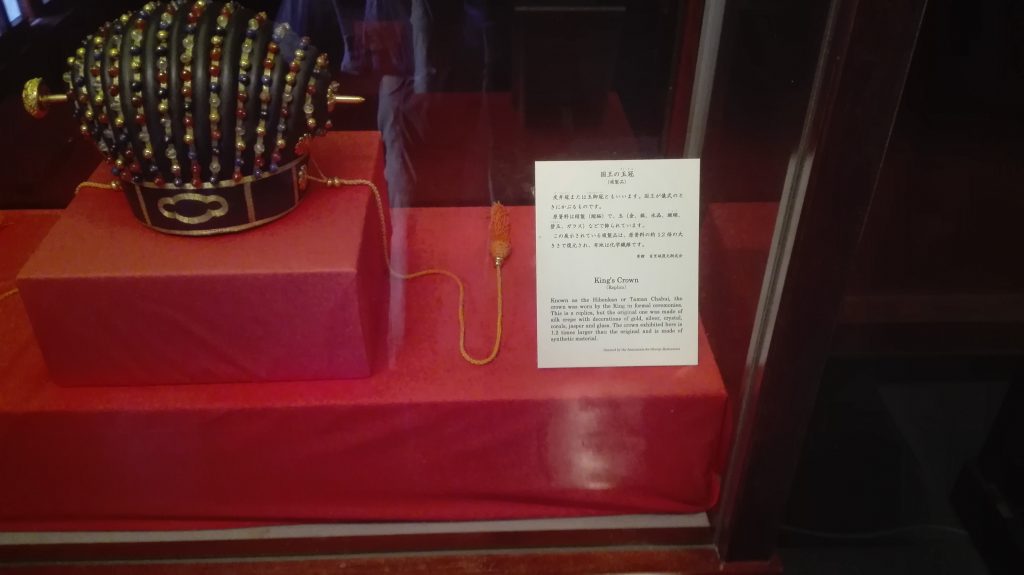


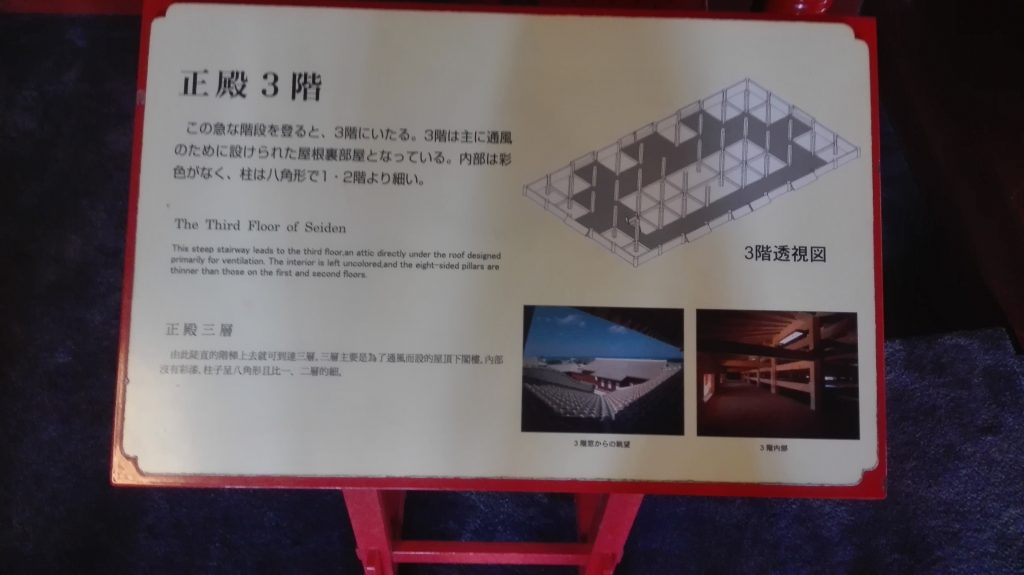

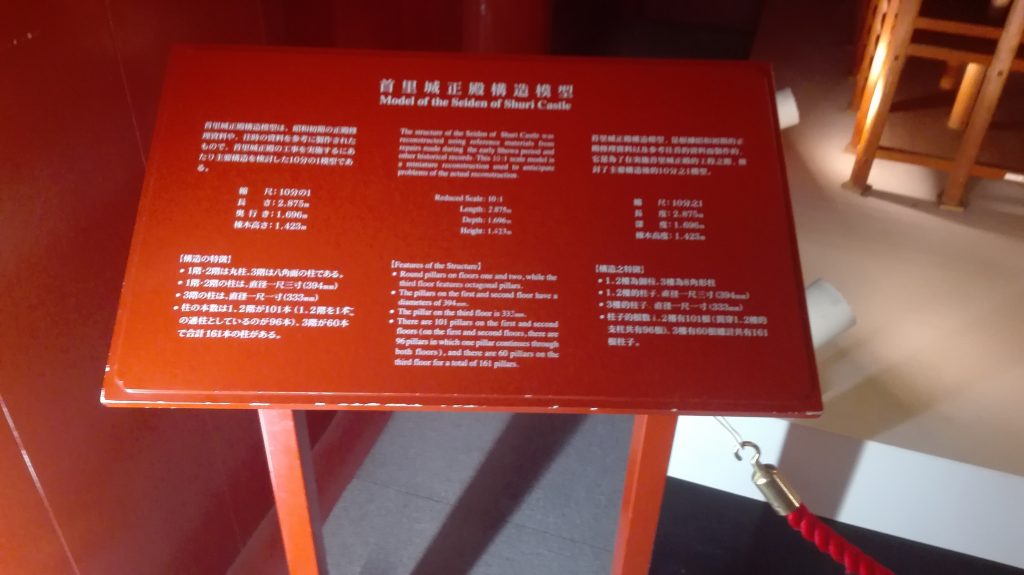
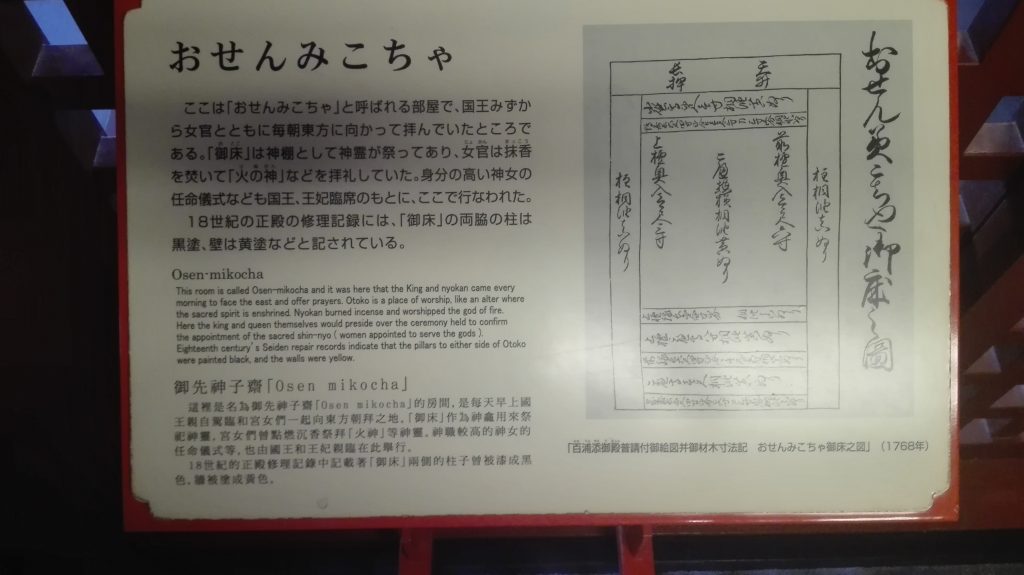



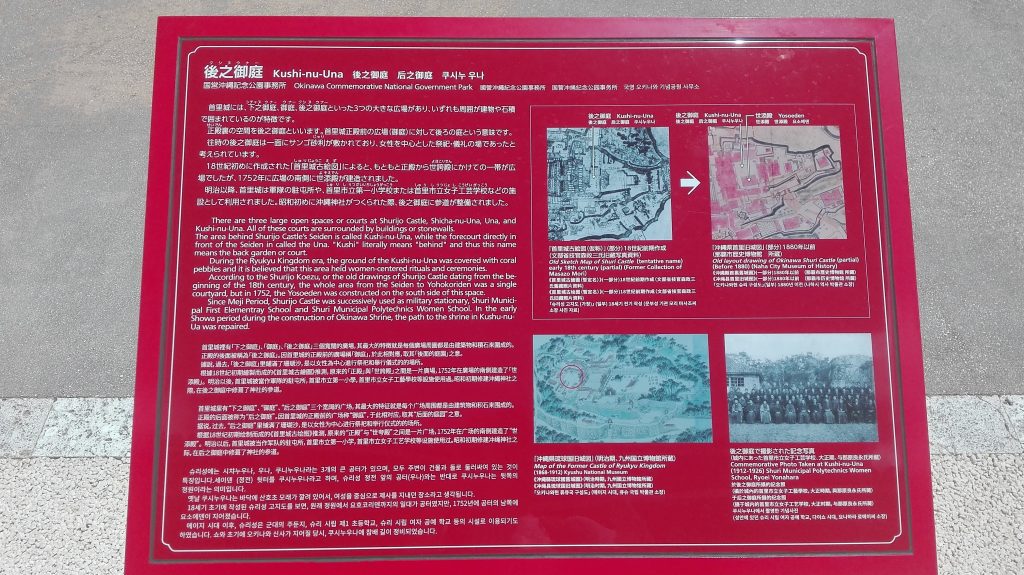
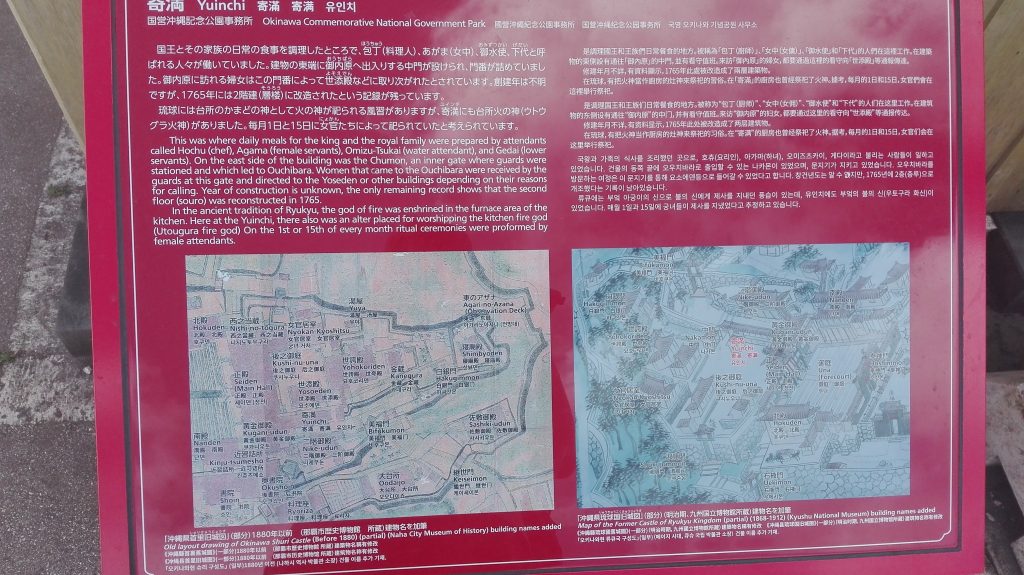


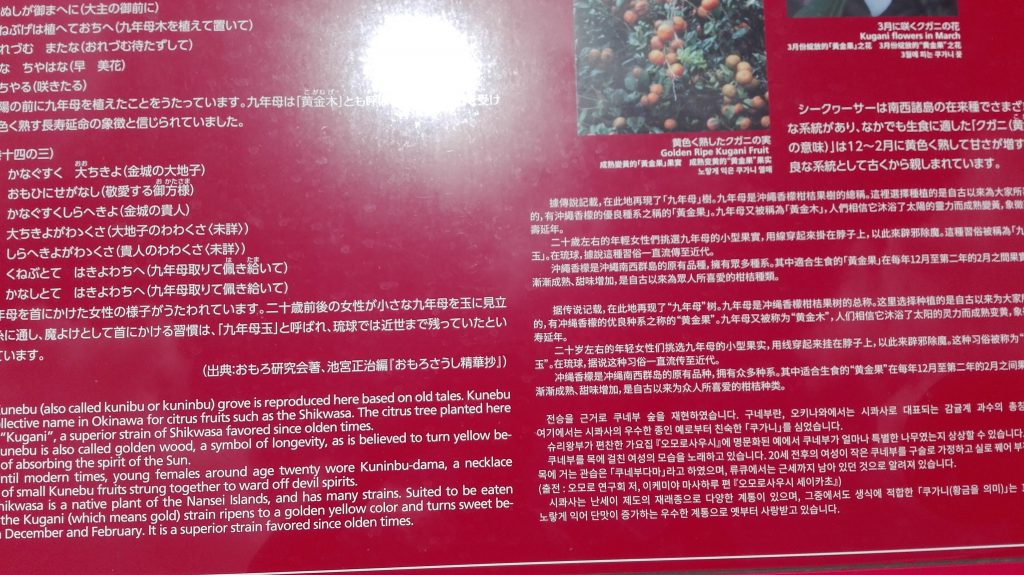




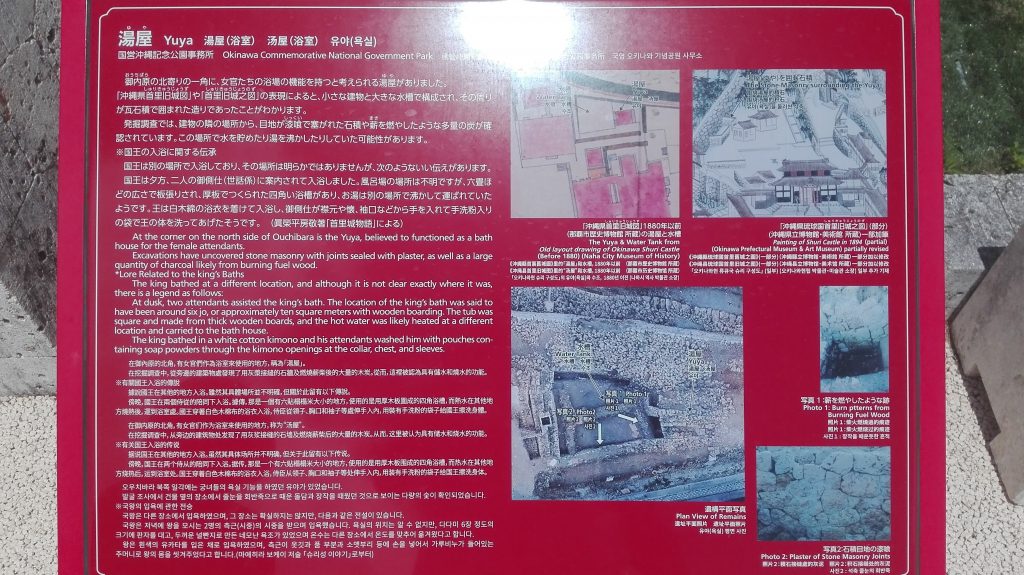
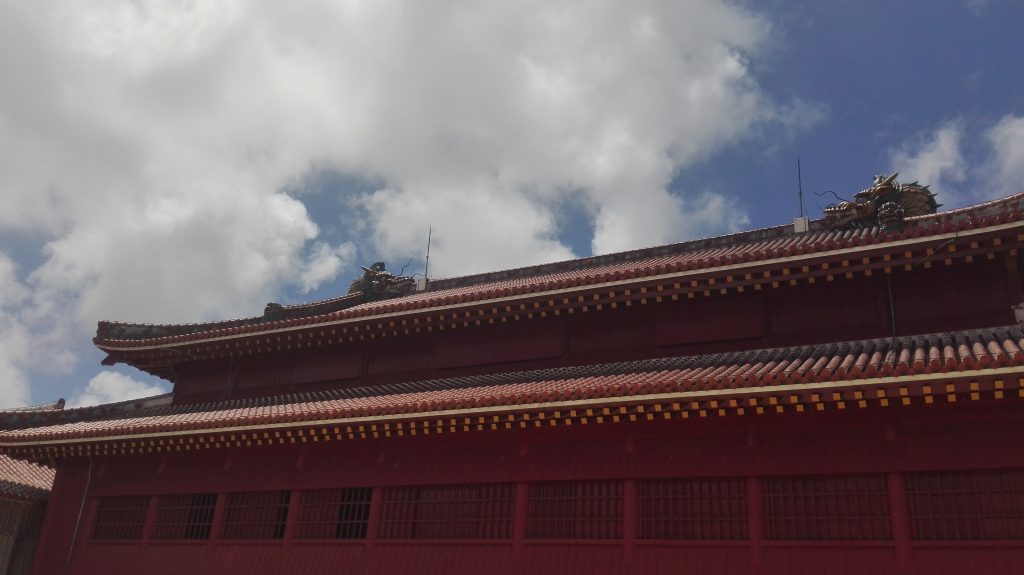







The second day I visited the “Peace Memorial Park”. Again a short excursion into history. Okinawa was the scene of one of the last big battles in World War II. During the invasion Okinawa was totally bombed for 3 months, changing the whole landscape and even mountains. This ” Typhoon of steel ” cost at the end the lives of over 200000 people. In order to remember the victims, the suffering and to propagate peace in the world, this park with museum was built. It also contains a memorial with all the names of the fallen soldiers on both sides. The museum also has recorded memories of contemporary witnesses. Written in English and the video material has English as well as German subtitles and many other languages are also possible partially as subtitles. Also, today the US military still maintains many bases on the island, which leads to problems with the local population, also still due to the fact that the USA treated the population on the islands in the past rather badly (particularly regarding lawfulness, democracy and freedom to travel) and did not want to return the islands to Japan. I have seen and heard many military aircraft and military presence.
At the end I was in the Gangala valley, because I thought I could have a look at beautiful stalactite caves there. That was a mistake. I could look at some stalactite caves, but overall I was disappointed. It wasn’t cheap either, but I could benefit from a quite good student discount. There are also English guided tours, but I was on a Japanese tour…. But what I was impressed by, were trees whose roots grow down from above and after they have reached the ground can become very thick or strong. Just opposite the valley is Okinawa Wonderland, a small theme park with a stalactite cave (probably better…), events, glass art, etc. I don’t have much expectation of it after reading the flyer, but I would still enter it. Unfortunately after the valley tour I would have only had about 1 hour before closing time (18.00 o’clock), so I decided not to go. Oh well, in the valley Gangala there is also the oldest evidence of Homo sapiens in Asia and the best preserved skeleton is called Minatogawa 1 or Minatogawa jin (“Minatogawa human”).
I enjoyed being on Okinawa even though I didn’t have enough time. Those who come to Okinawa and don’t like heat should rather come in spring or autumn. Probably winter goes too;) For transport there is taxi, partly a monorail in the capital and bus transport. The bus was a bit hard for me to find out until I found a reasonable plan (in Japanese). At least the English online version didn’t work on my smartphone. Finally a collection of pictures of the hotel, beach, sea, Okinawa typical food, architecture and more.
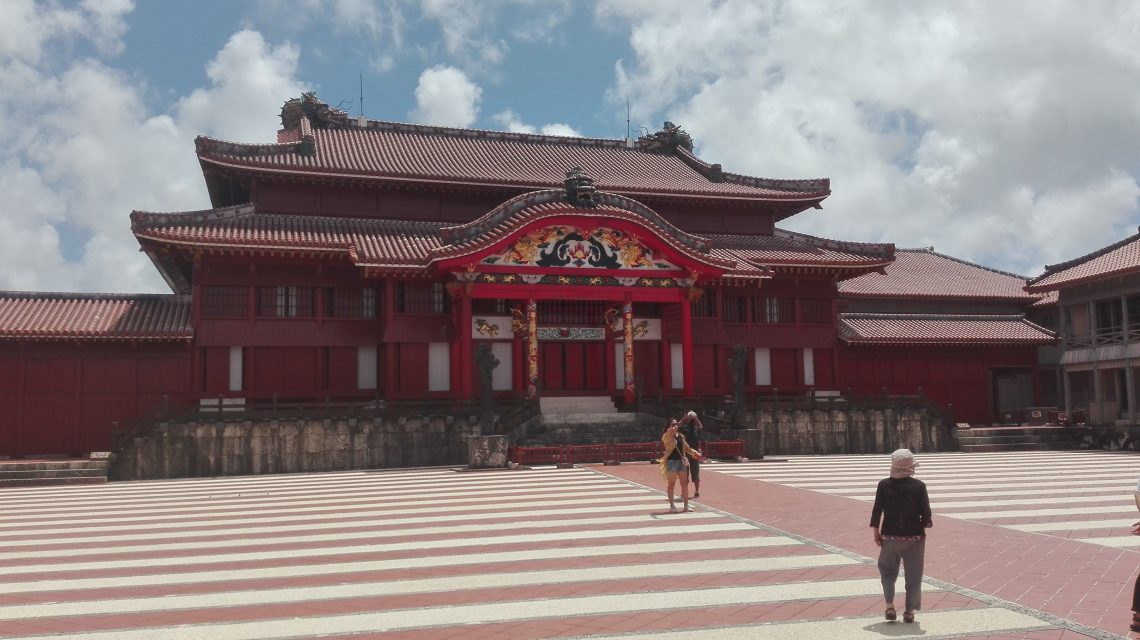
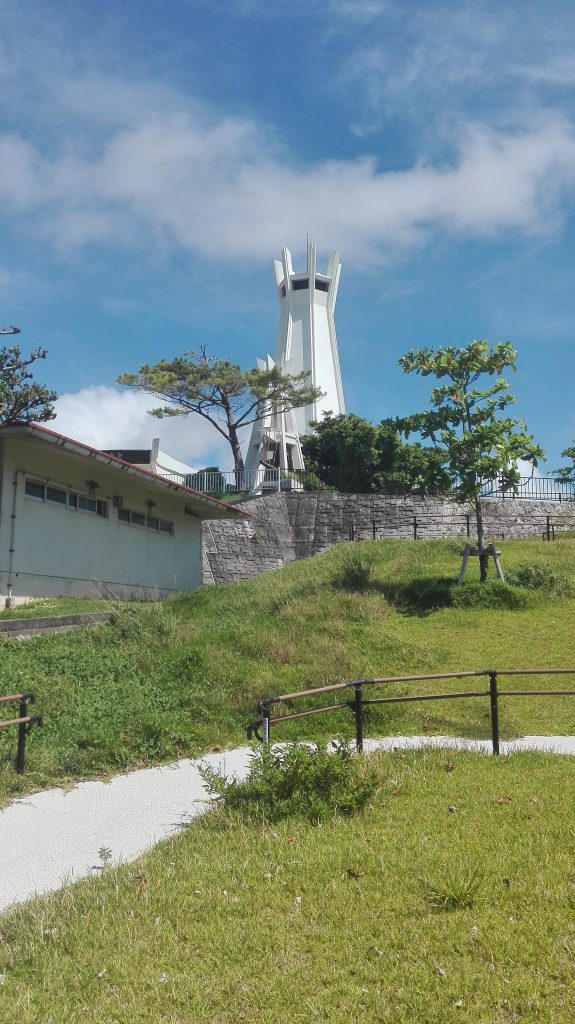
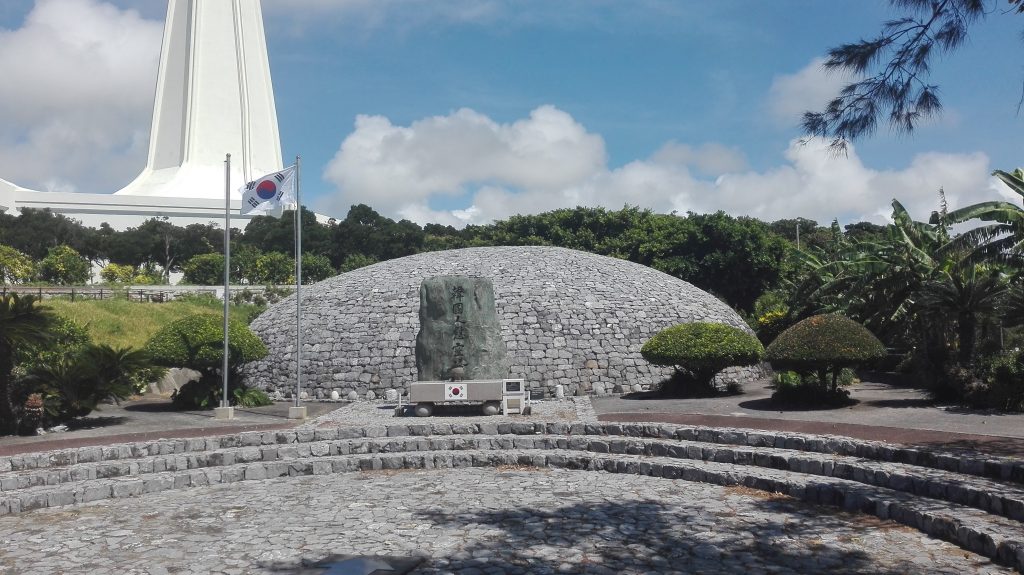

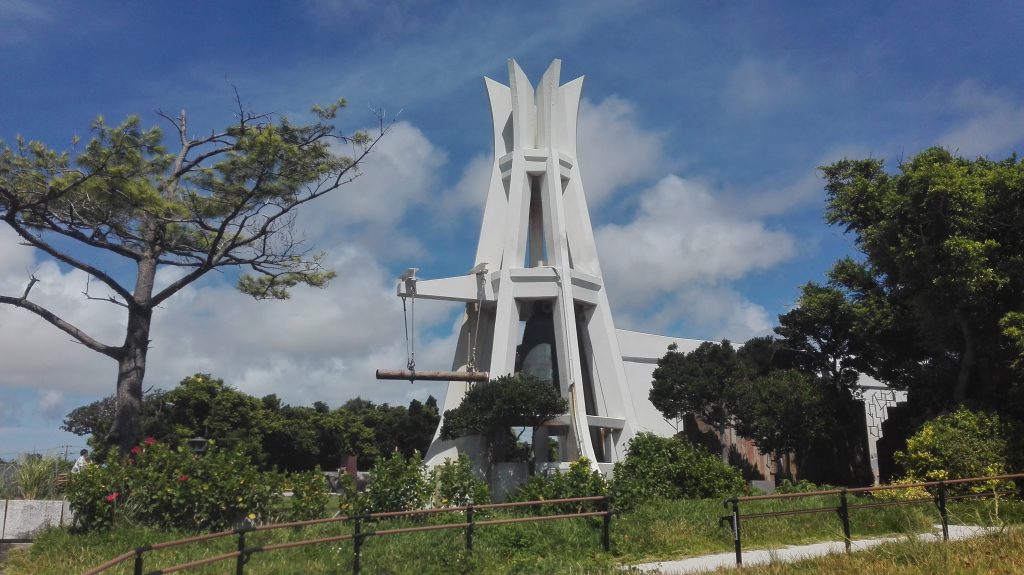




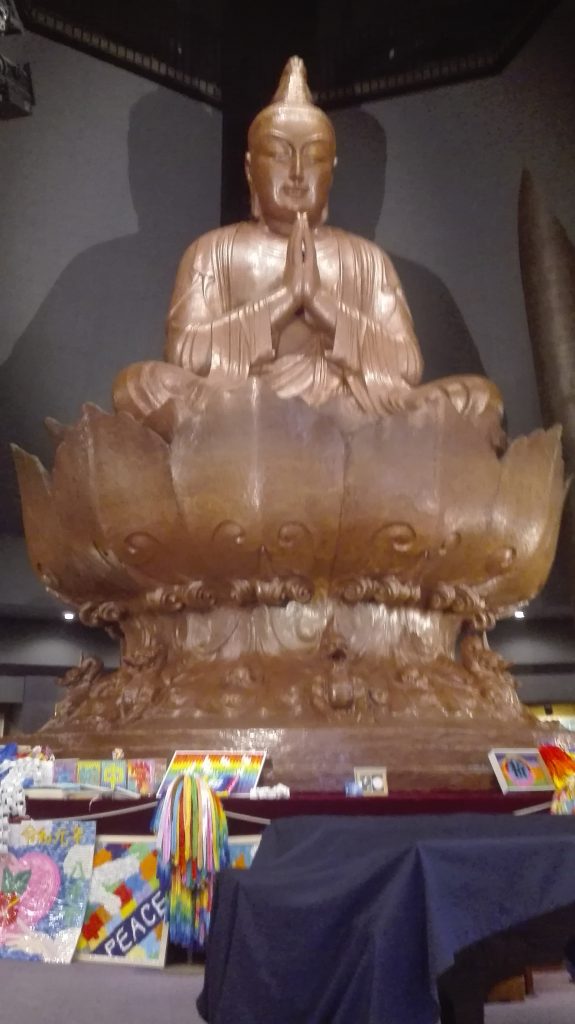


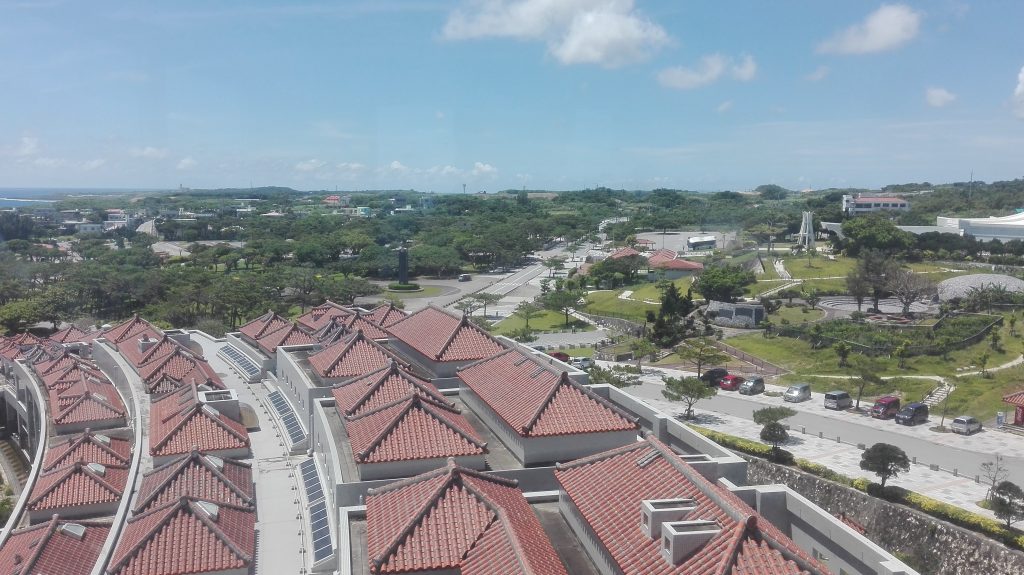







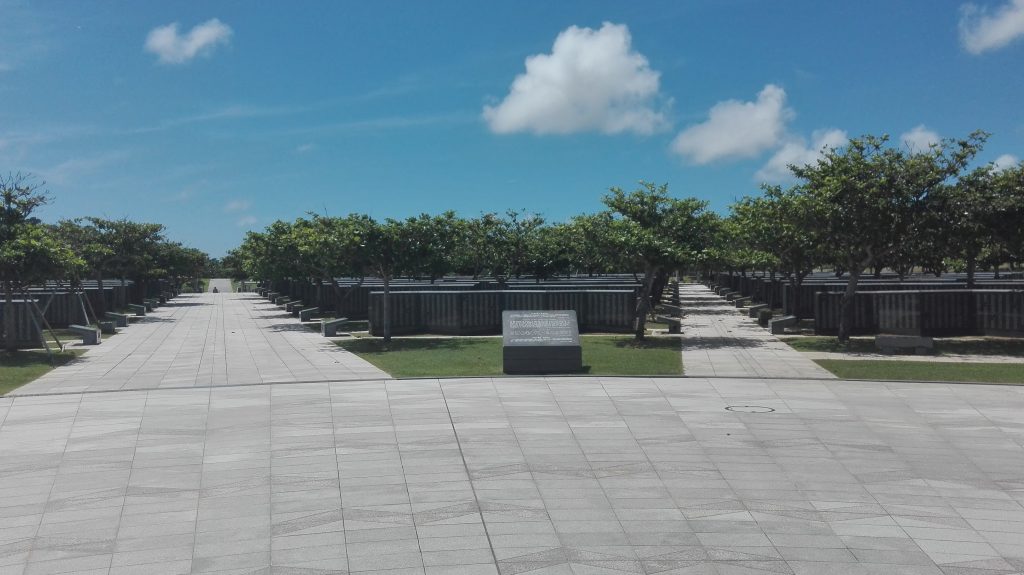

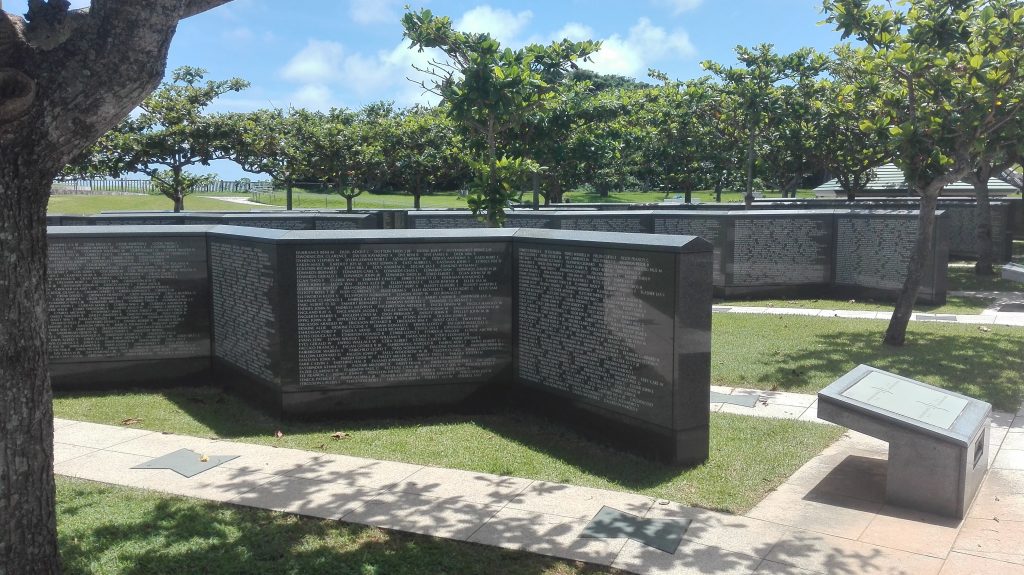
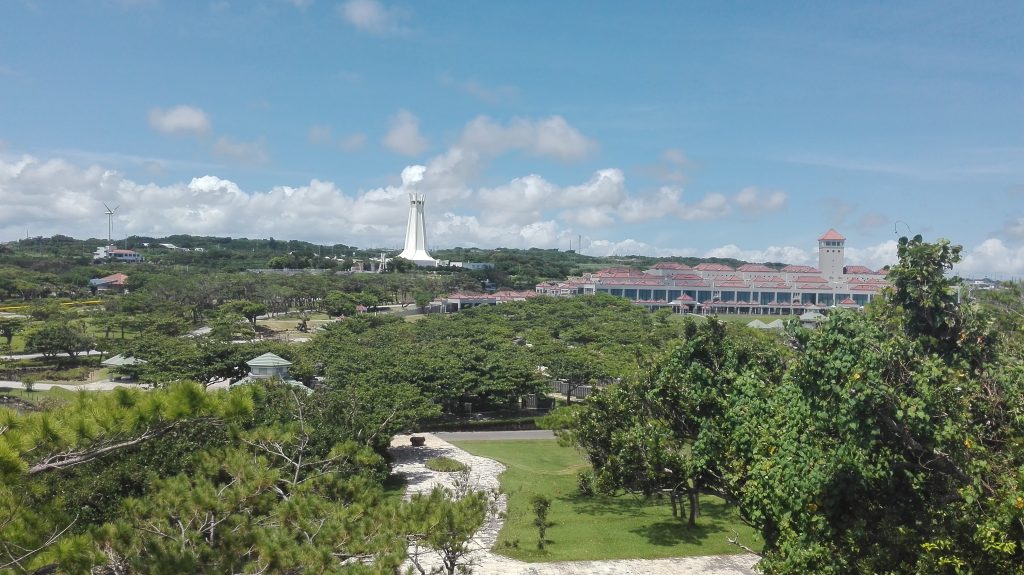

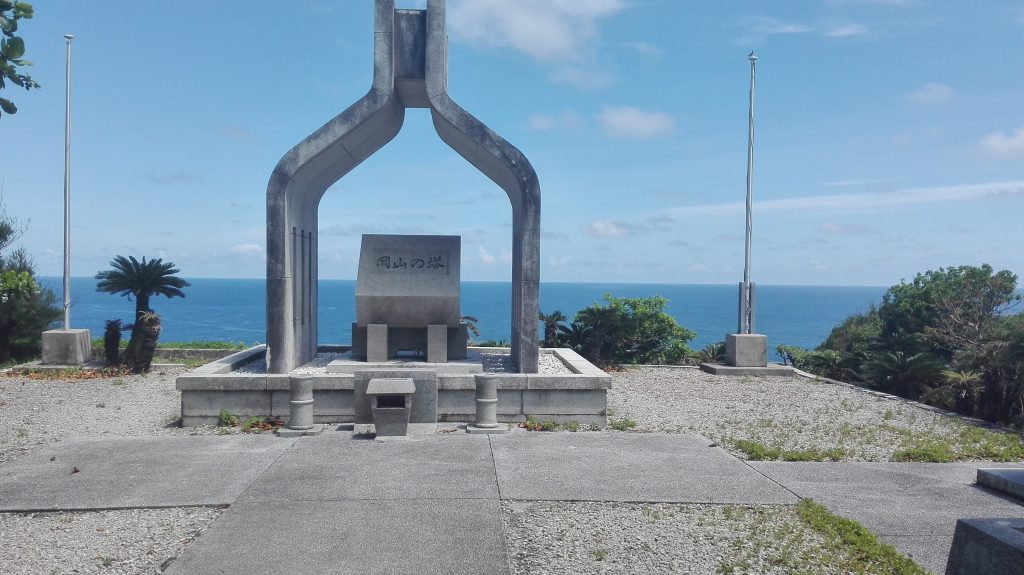

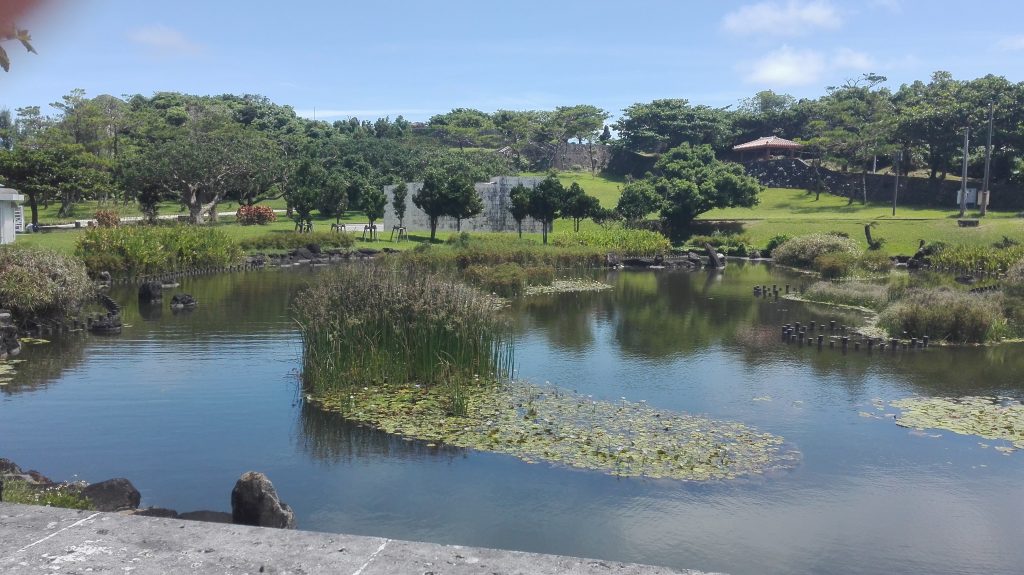

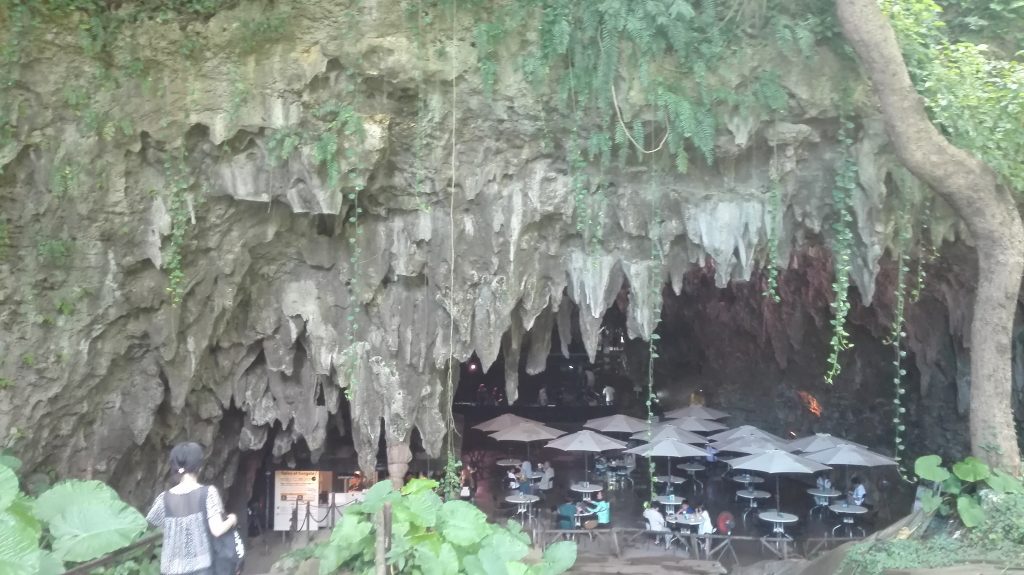



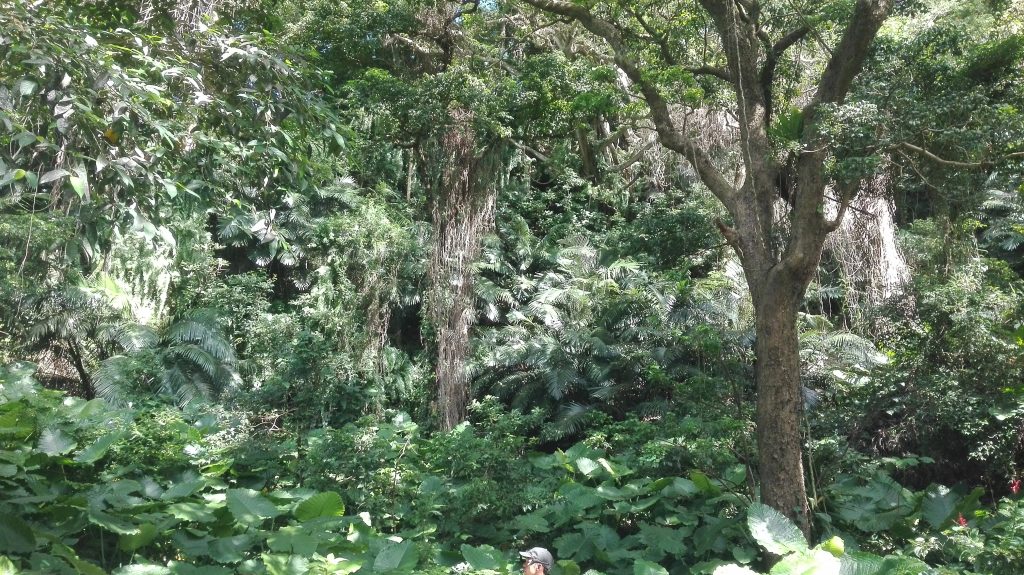
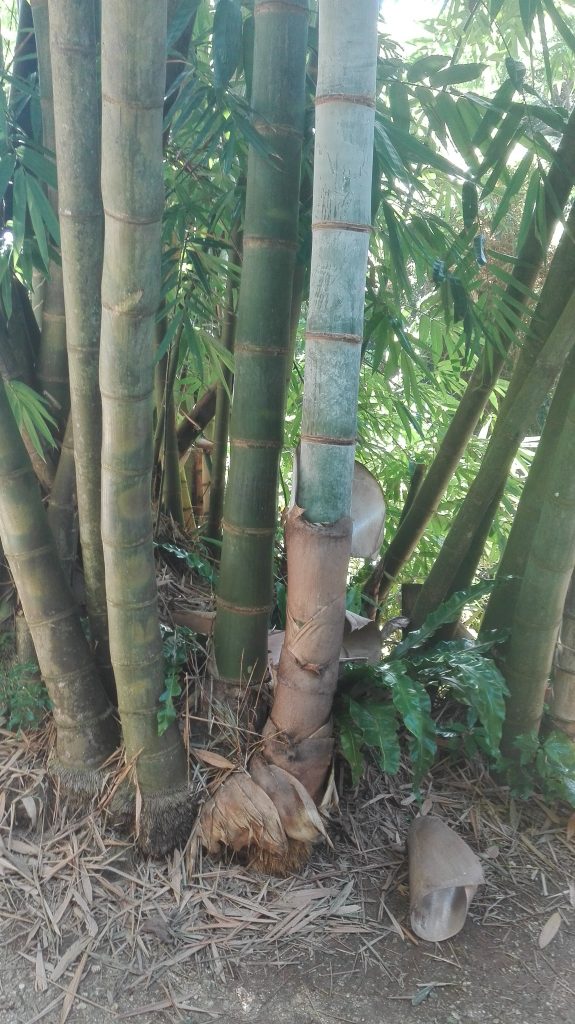

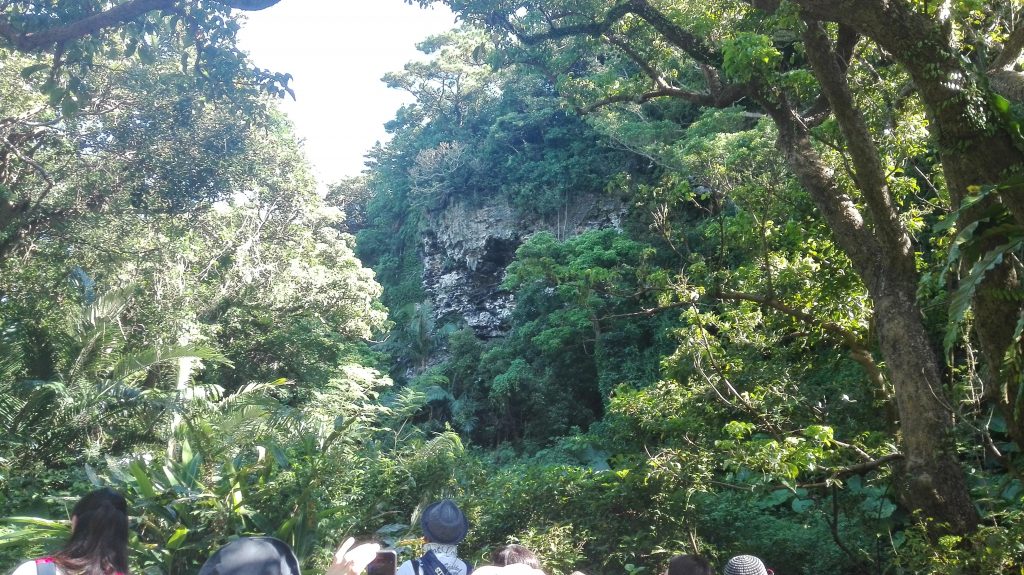



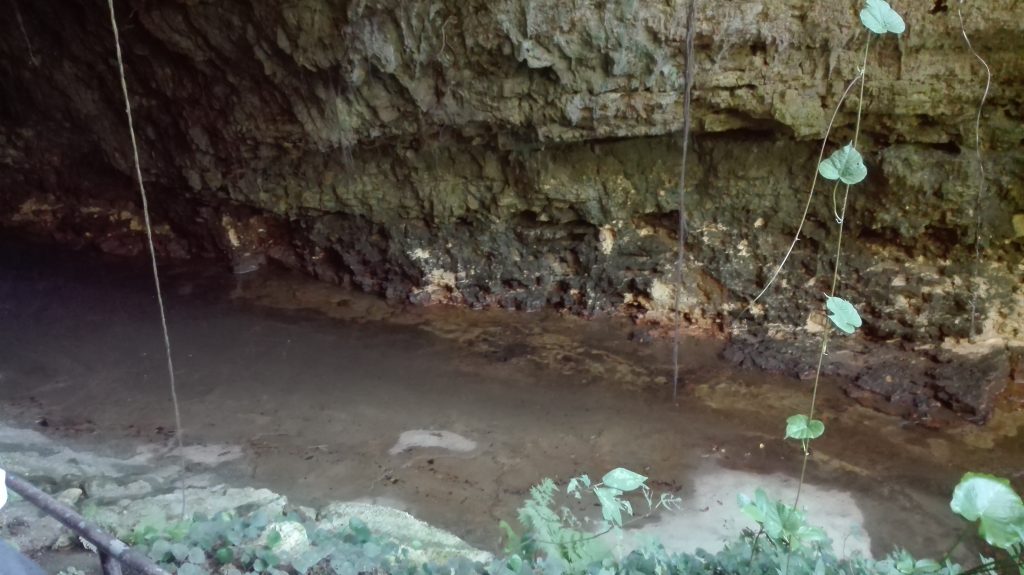

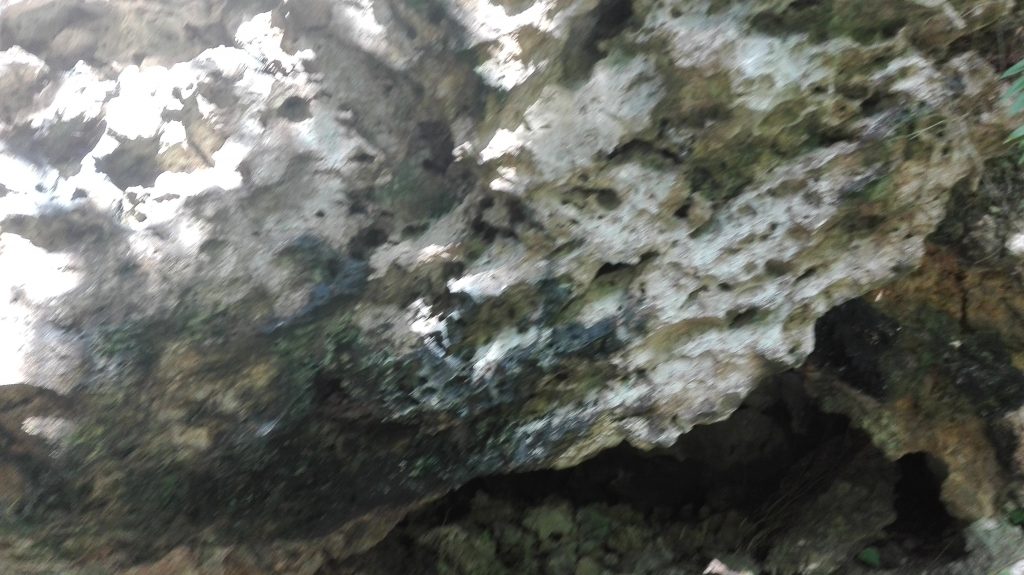


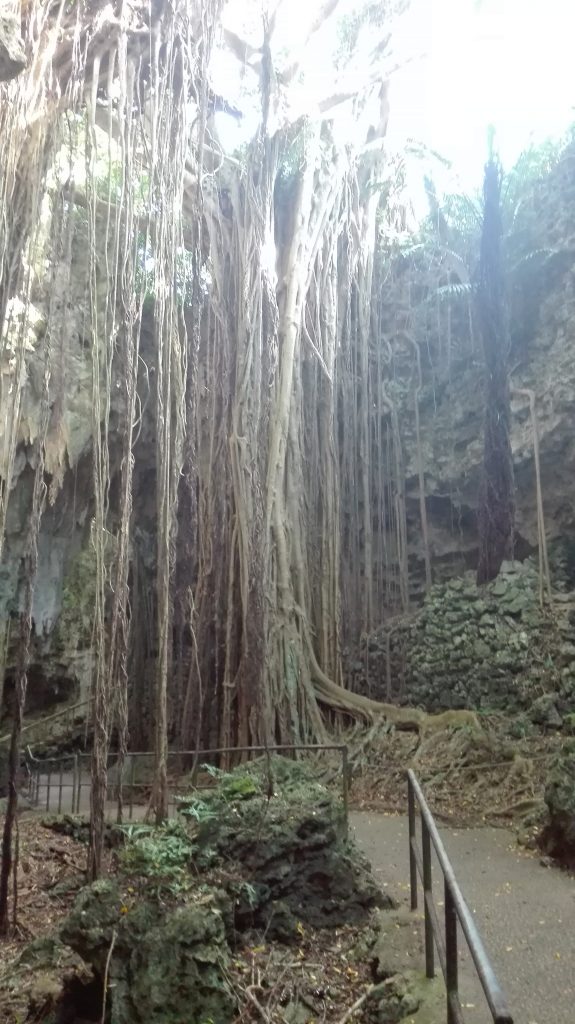
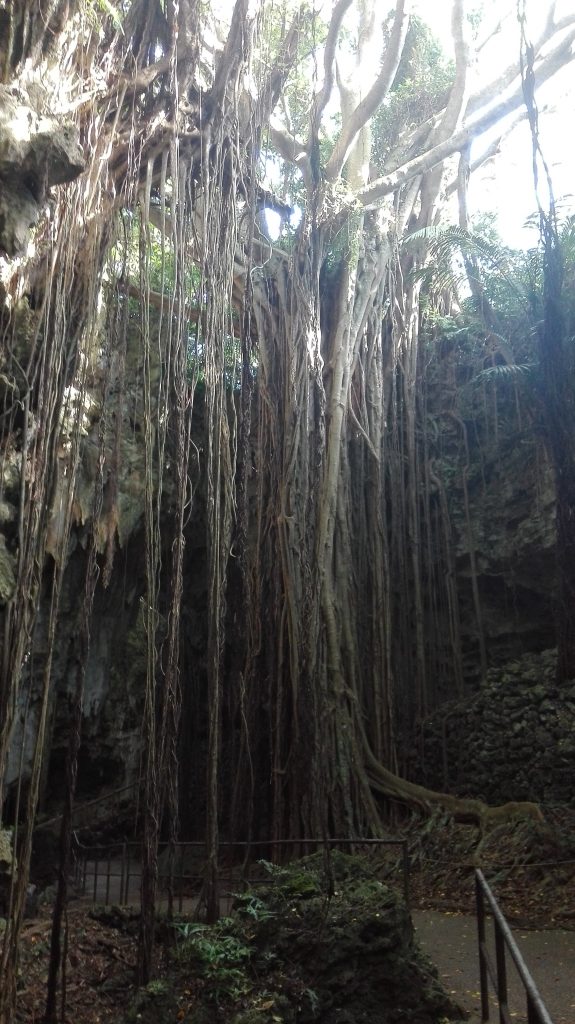
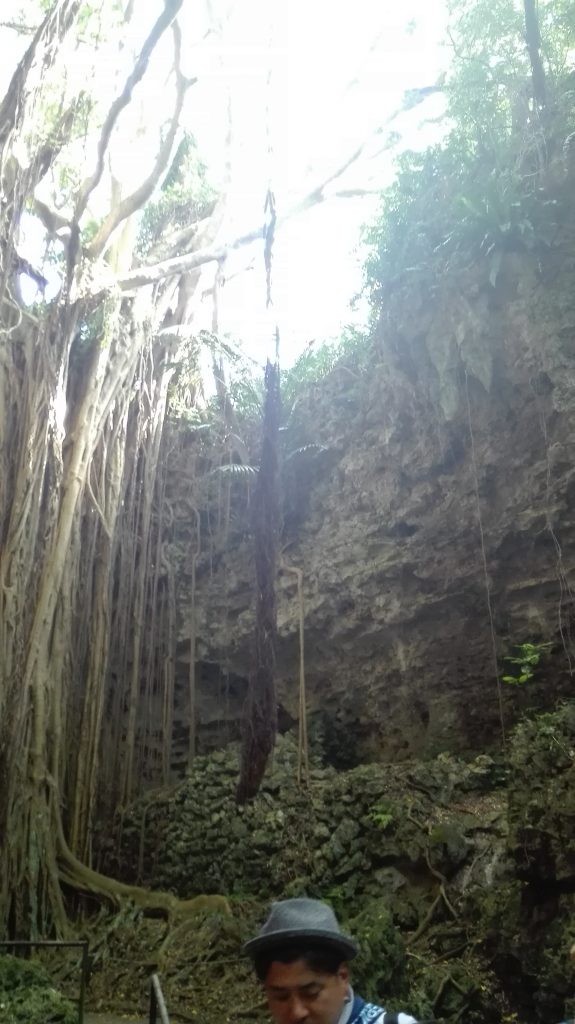

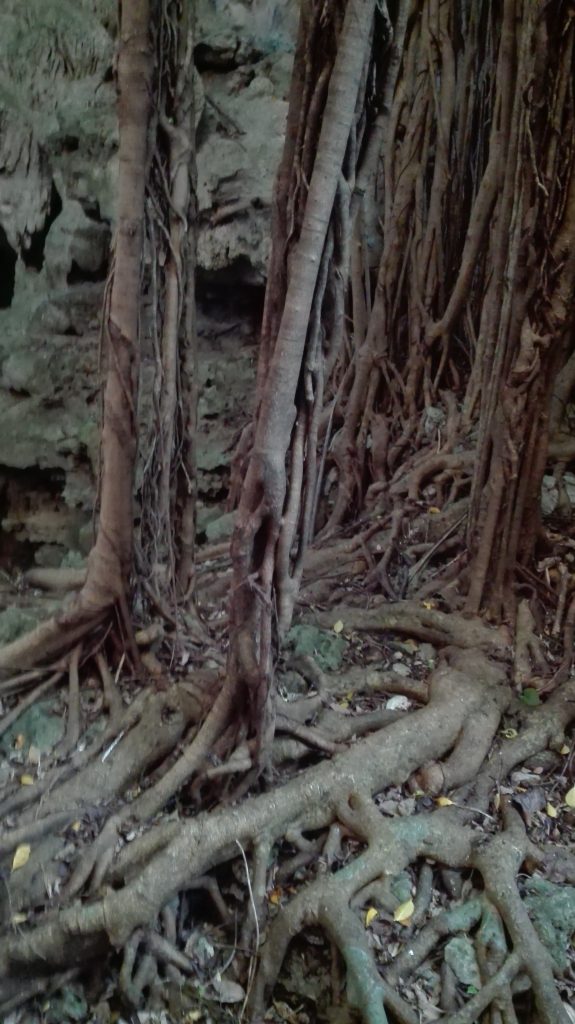
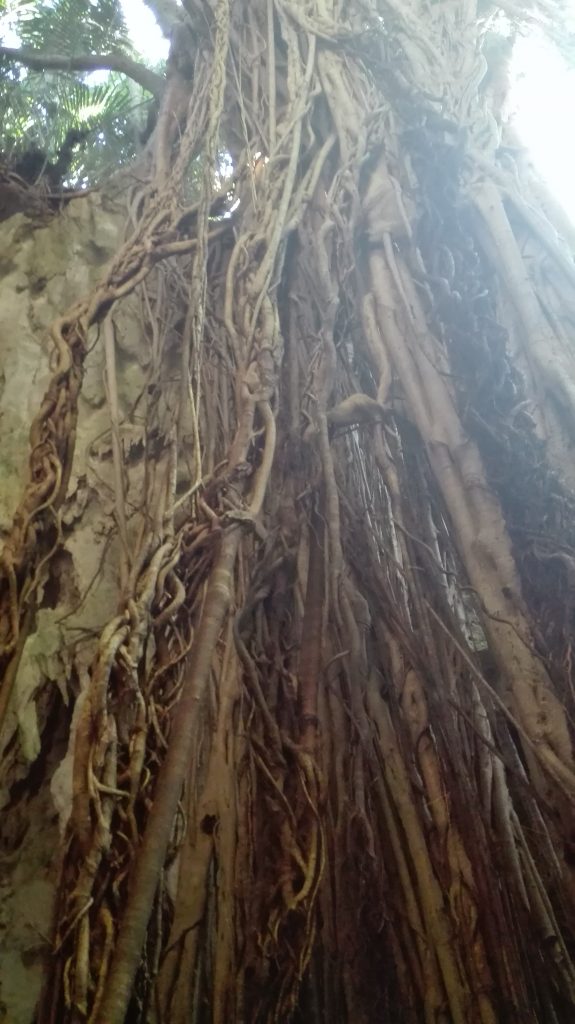

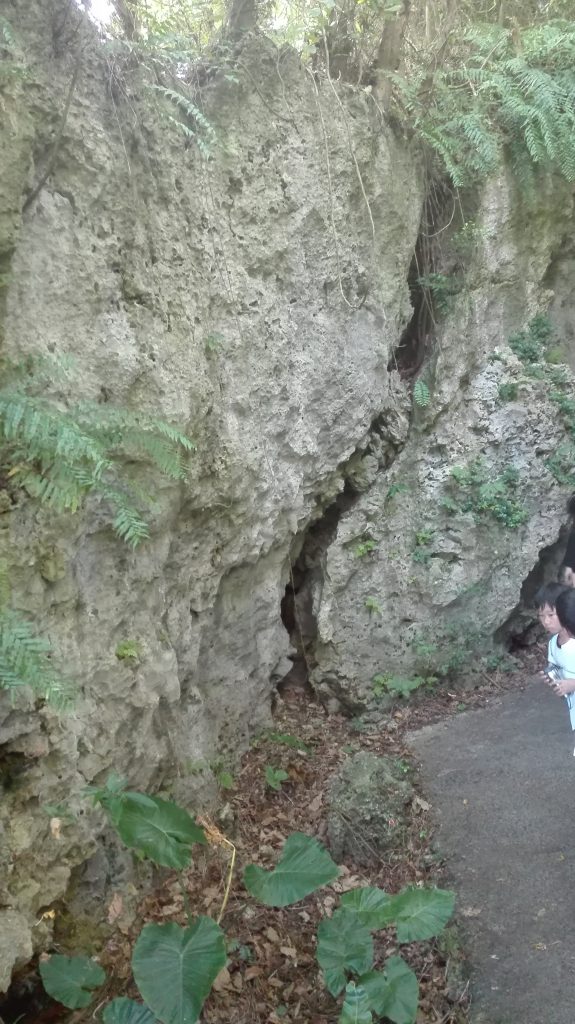



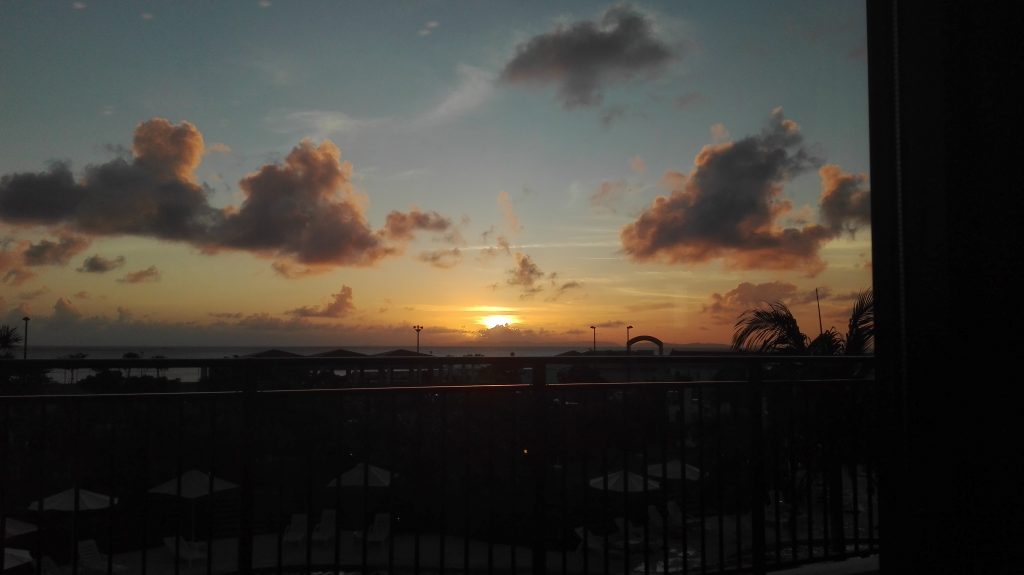



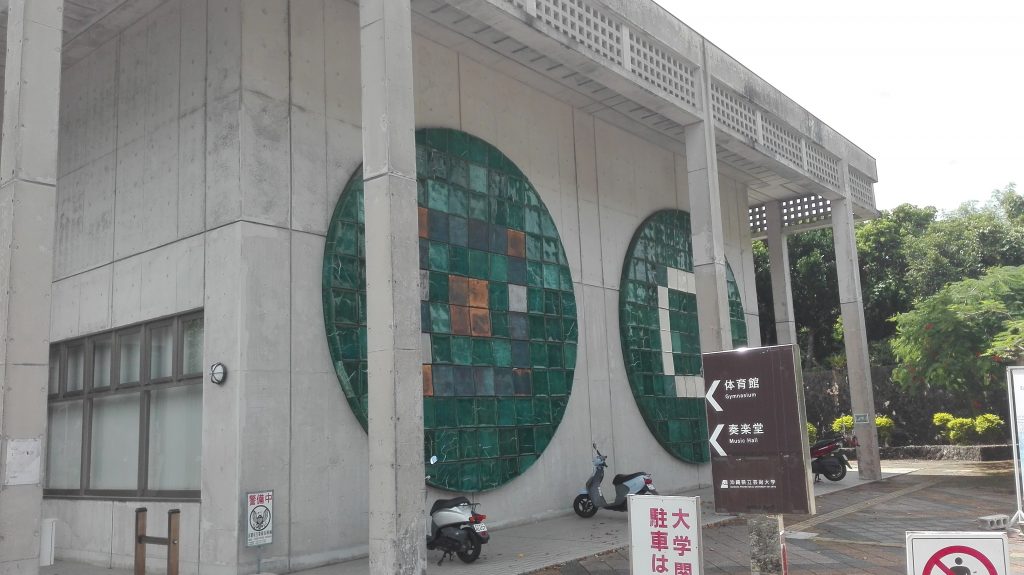
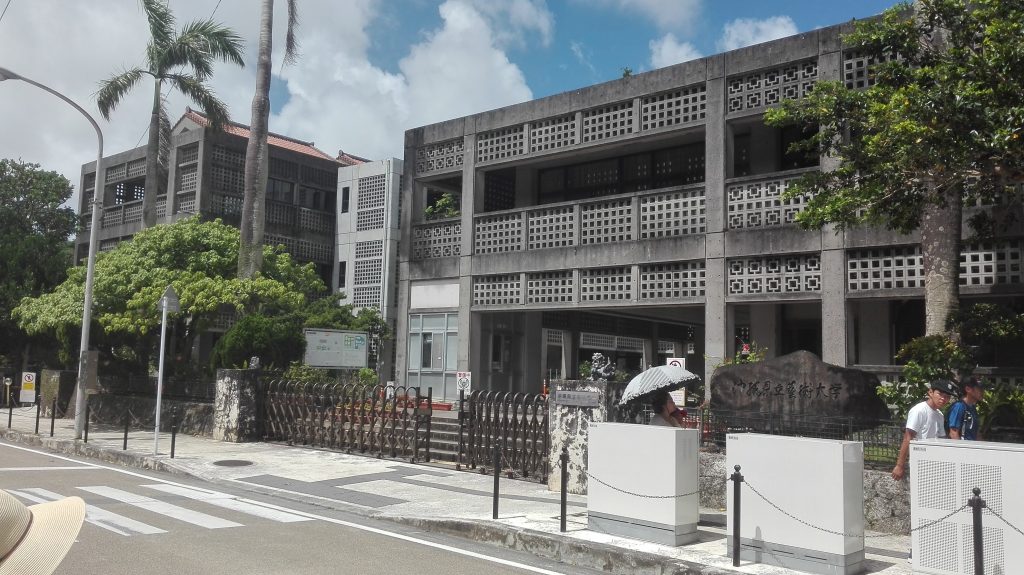
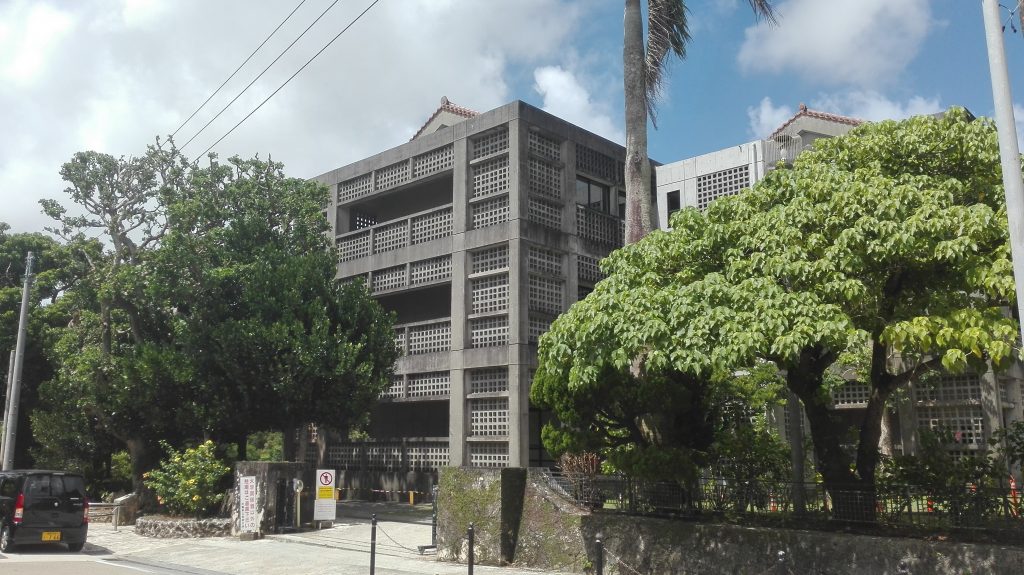

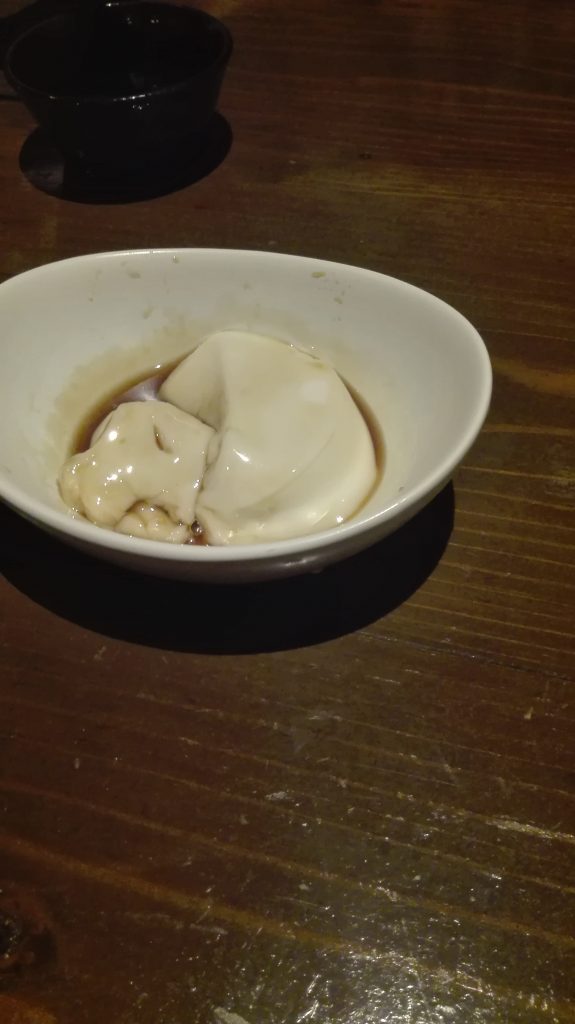
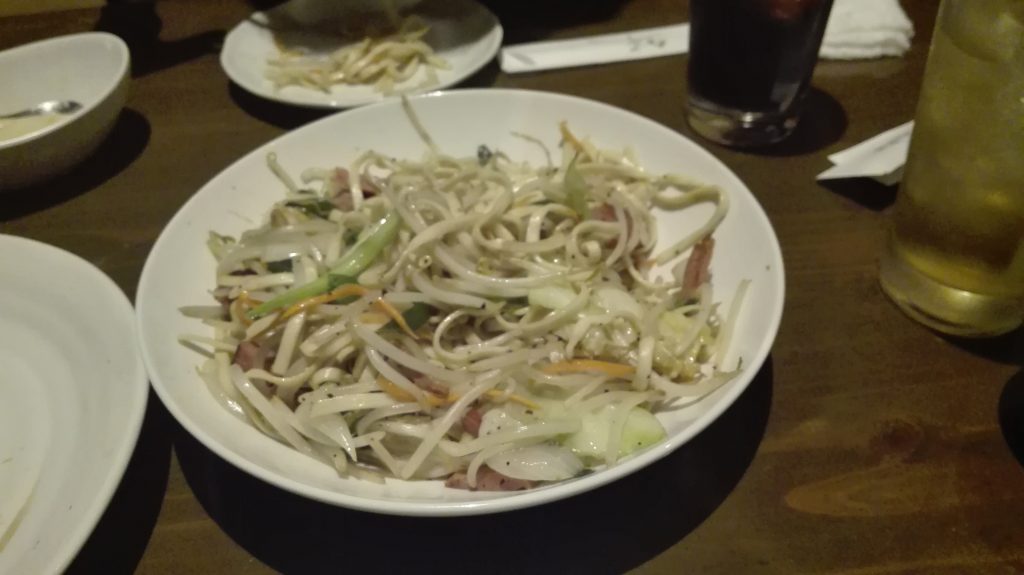
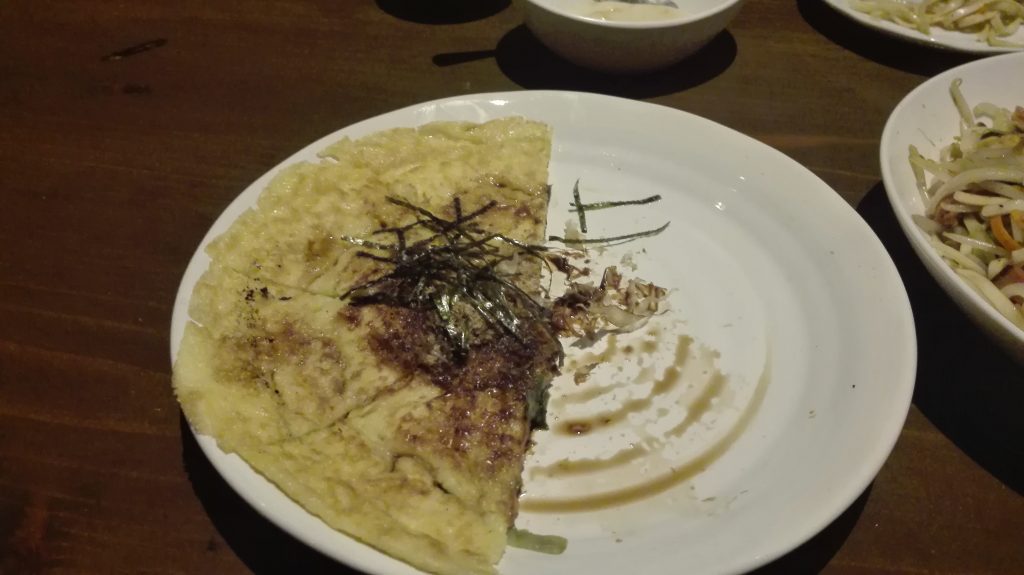


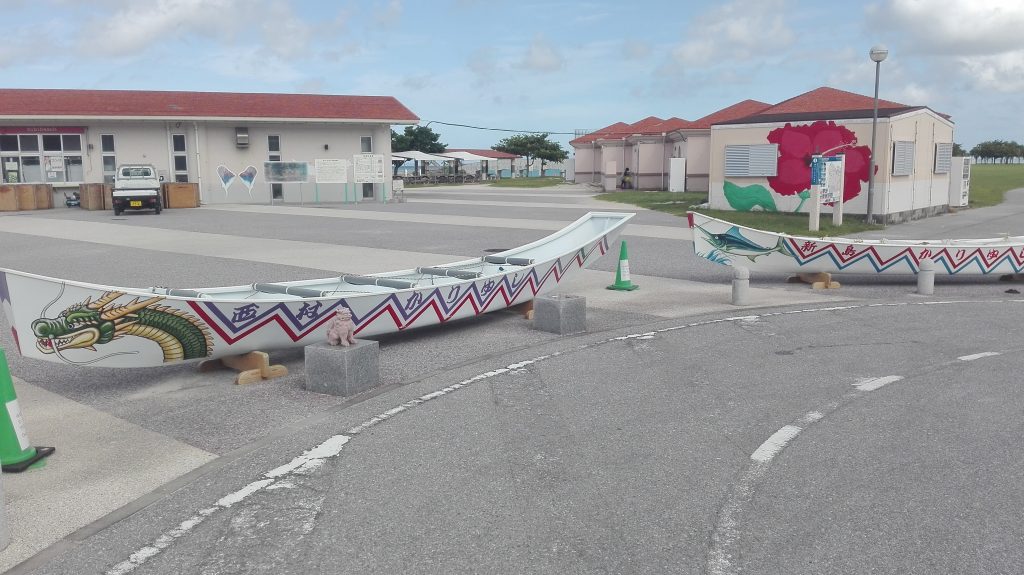
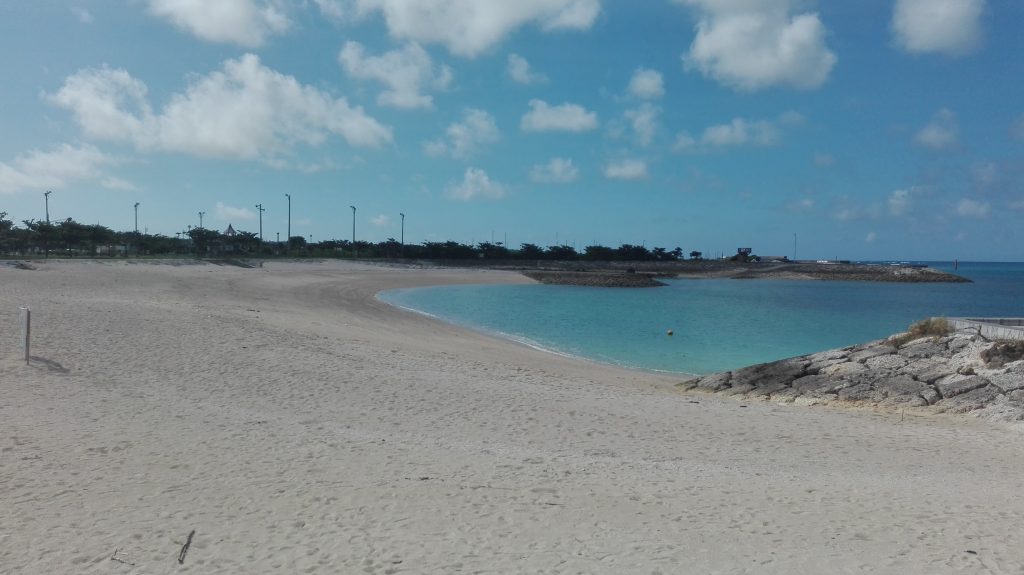




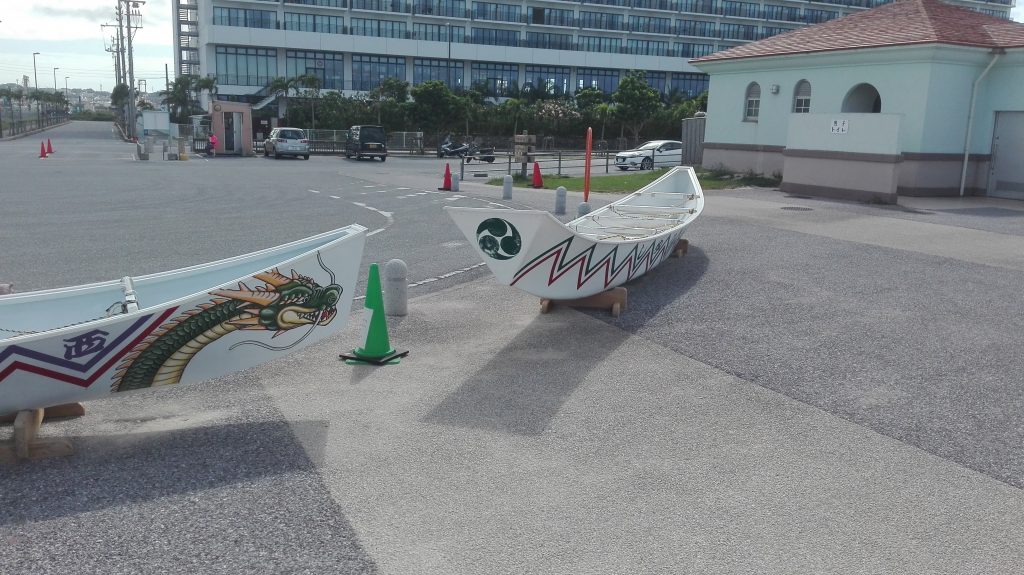
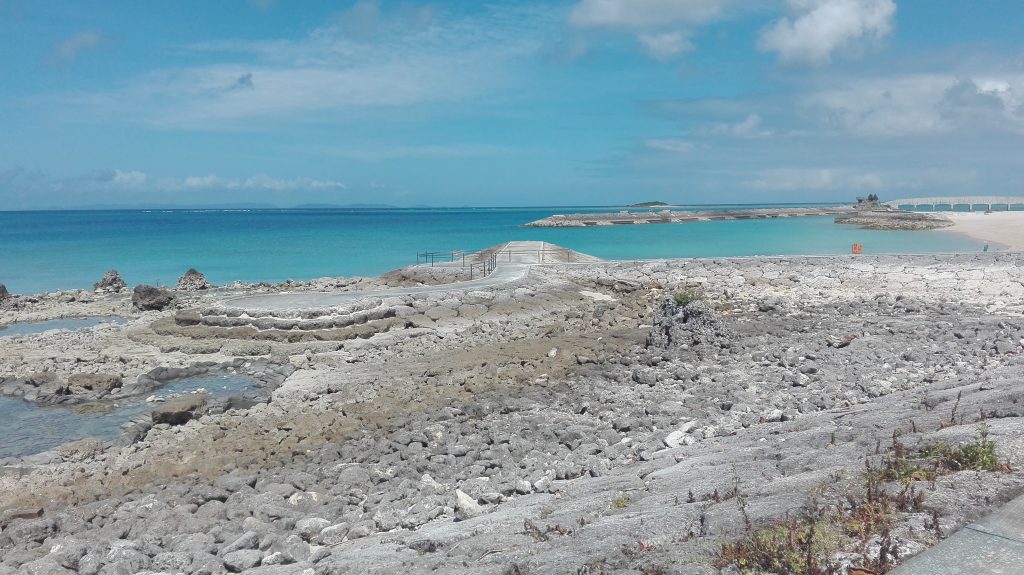


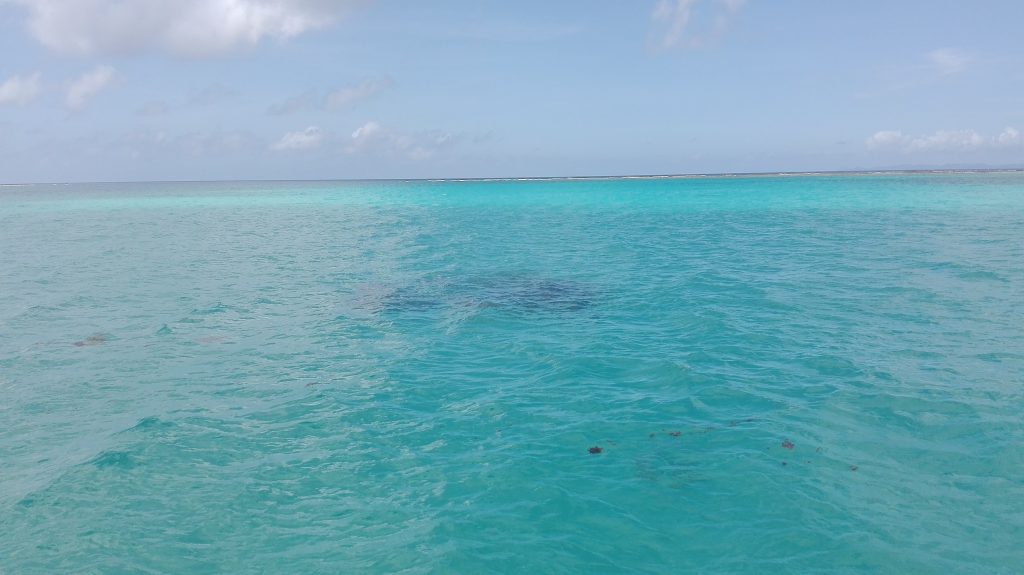
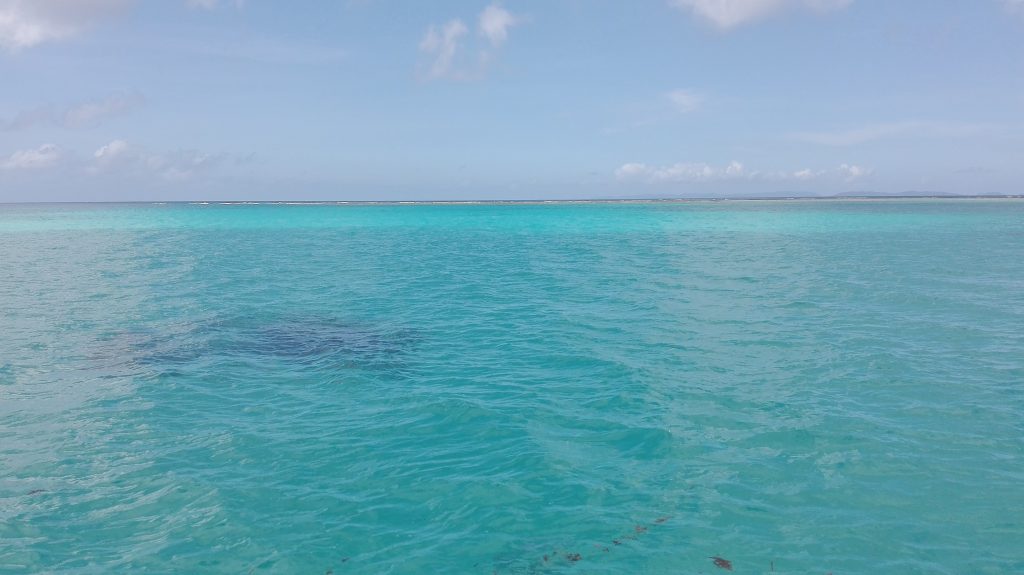
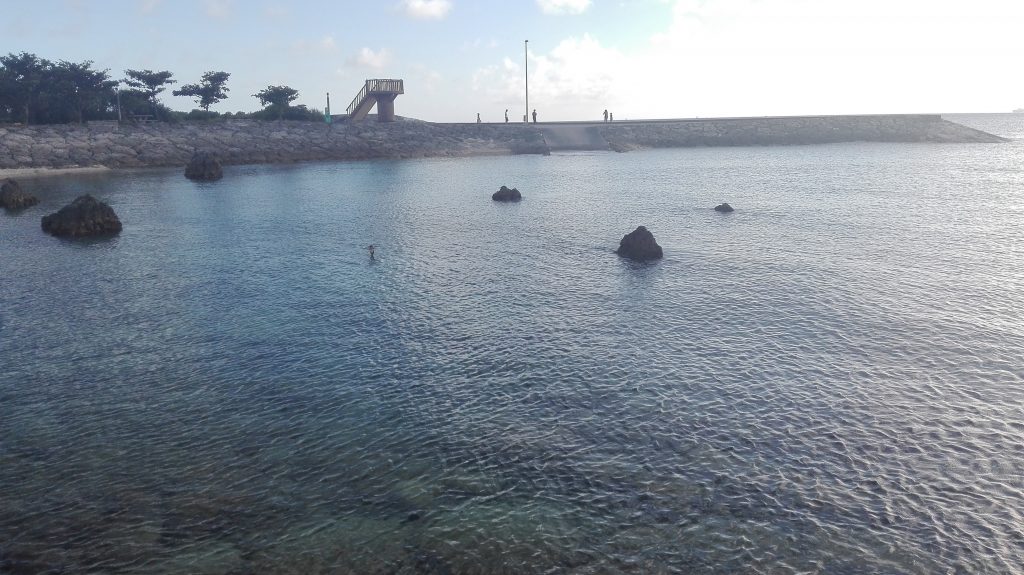
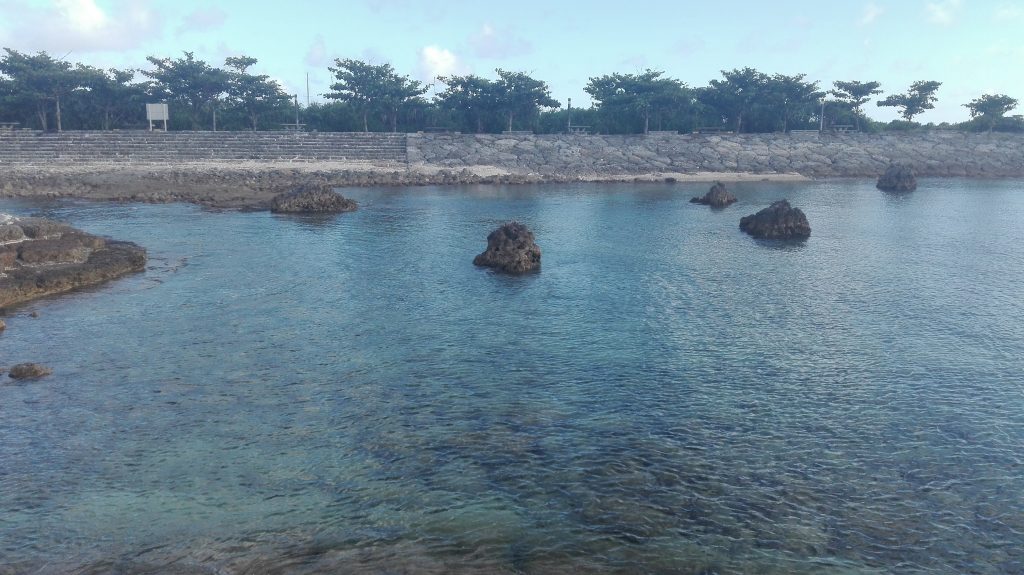

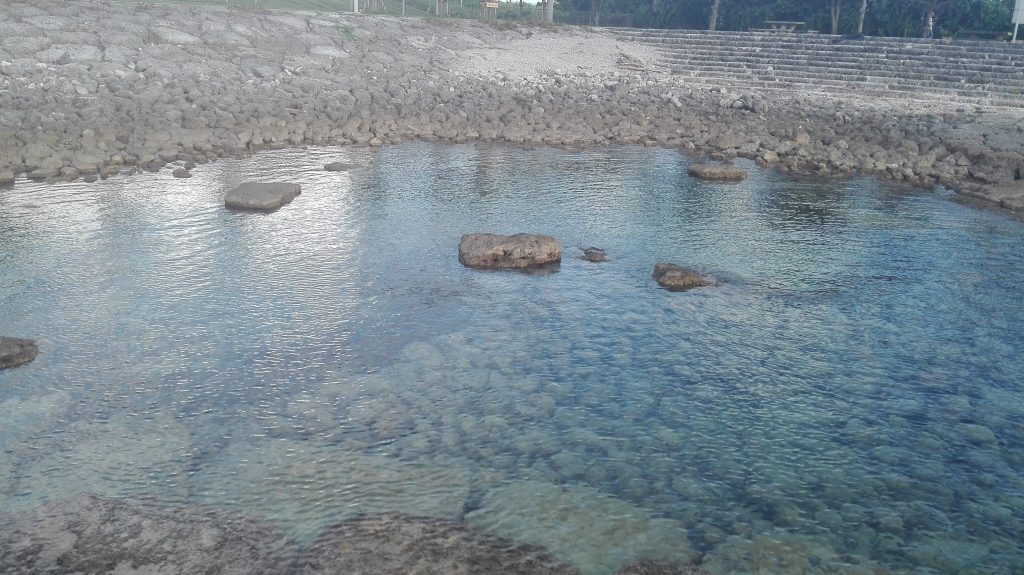



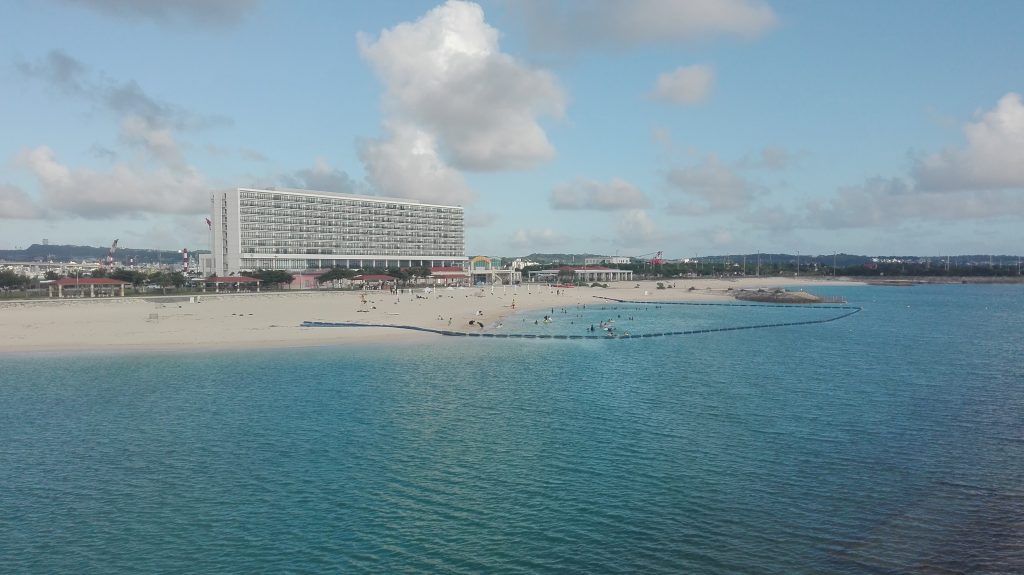

No Comments